Al Capone's Florida hideout and other real-life gangster homes
Inside Al Capone's Florida estate

Recently threatened with demolition, this magnificent Art Deco mansion in Miami has been thrown a lifeline, but this isn't just any estate – it was mafia kingpin Al Capone's long-time residence and the place where he eventually passed away. Part safe house, part showpiece, click or scroll on to take a tour of this historic home and uncover its dark past, plus the reason why it was spared the wrecking ball...
Mafia kingpin

Island hideaway
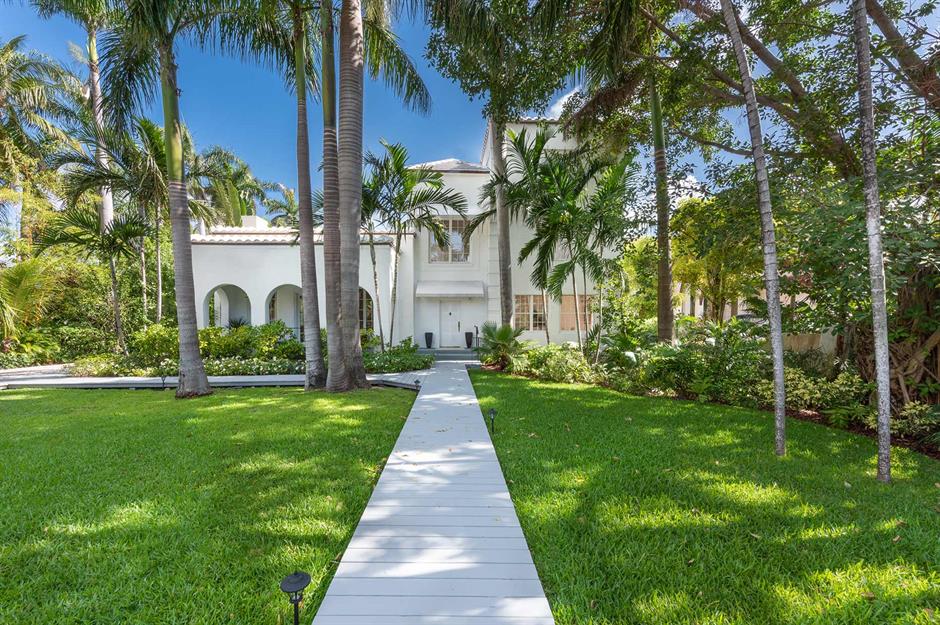
Capone paid $40,000 for the 30,000-square-foot estate, around $589,000 in today's money. Sheltered by palm trees and stunning tropical gardens, it's a quiet oasis away from the hustle and bustle of the mainland. The Spanish colonial-style mansion is accessed via a gatehouse at the entry gates that Capone installed himself – no doubt to keep an eye out for unwanted visitors.
Security measures
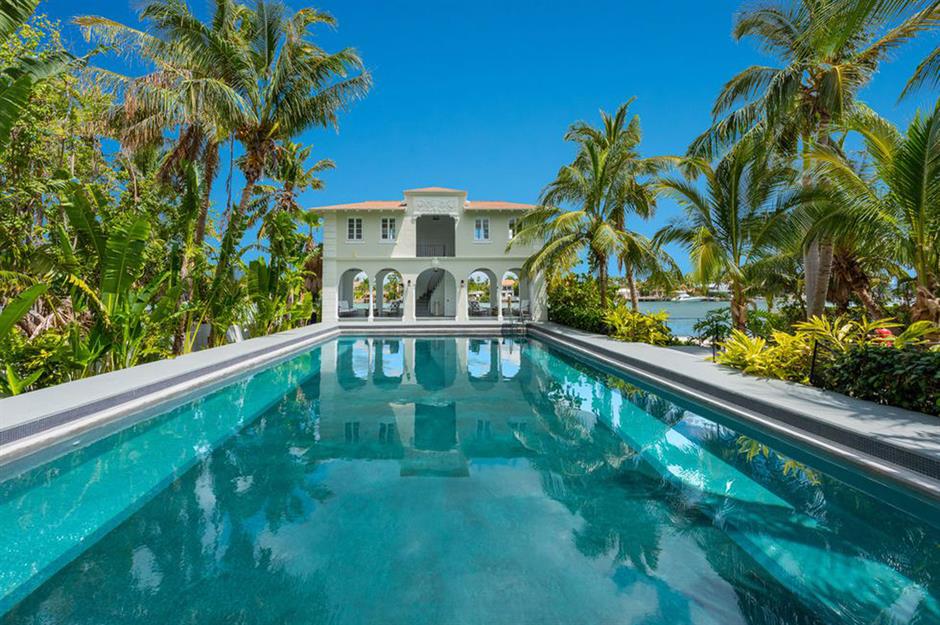
Home to a dazzling swimming pool, Capone paid as much attention to privacy as he did to the property's luxury amenities. The security-conscious kingpin reportedly spent $200,000 on added extras, which is about $2.9 million when adjusted for inflation. These included the installation of a seven-foot-high wall complete with searchlights, as well as a cabana and grotto – sounds like a pretty luxurious backyard!
Dark past
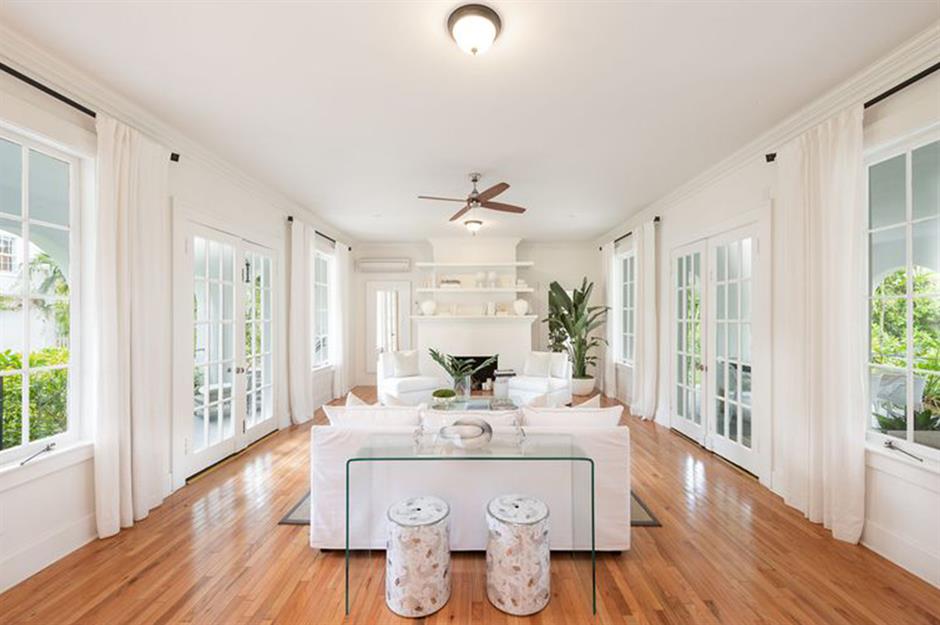
Now decked out with stylish wood floors and white, minimalist décor, it's hard to imagine what these walls may have witnessed. The gangster was at his Miami retreat when the Saint Valentine's Day Massacre occurred on 14 February 1929, which took out five members of arch-rival Bugs Moran's gang and two affiliate members. A few months later in May of the same year, Capone was imprisoned for nine months in Philadelphia for carrying a concealed weapon, then jailed again for seven years in 1931 over tax evasion charges.
Fabulous original features
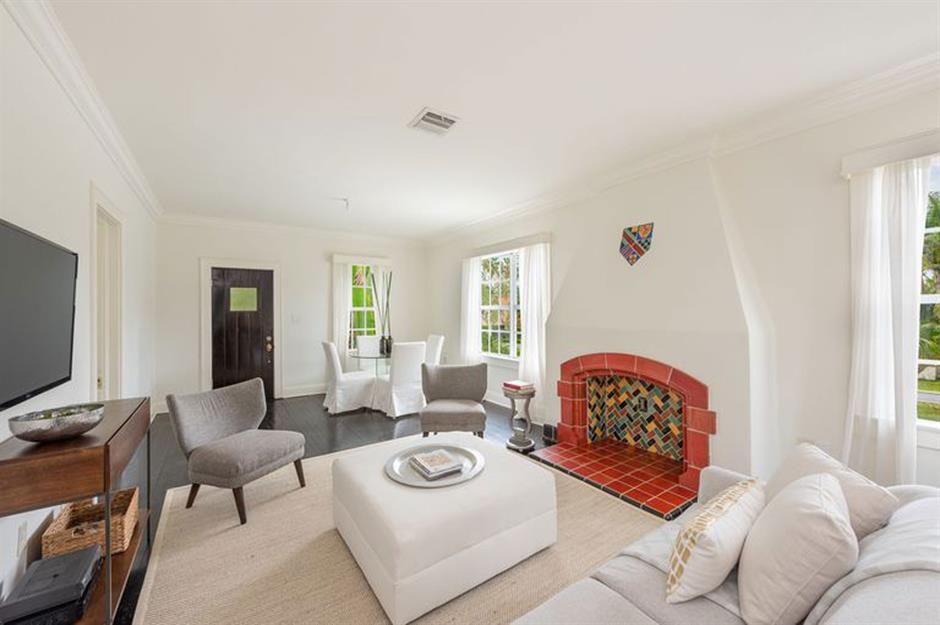
The former mafia hideout, which dates back to 1922, still retains many of its original Art Deco features, including a swish powder room and tiled fireplaces. It was here that Capone retreated to when he was released from Alcatraz in 1939. Seriously ill with late-stage syphilis, he spent the last years of his life with his devoted wife Mae at the Miami mansion, where he died in 1947. Mae Capone eventually sold the property in 1952.
A property in peril
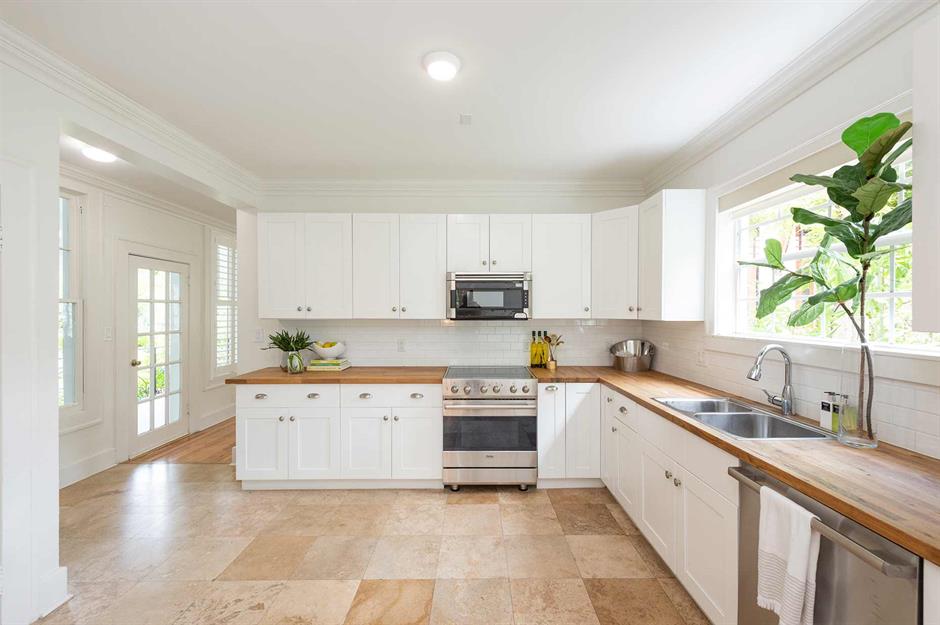
Fully renovated in 2015, the interior combines modern finishes, like this sleek Shaker kitchen, with carefully preserved period fixtures including sash windows and original covings. But the future of this historic home looked uncertain in August 2021, when it was snapped up for almost $11 million by developers who intended to raze the house and build a modern home in its place.
Outdoor oasis

Ideal for indoor-outdoor living, the covered terrace that leads off from the main reception rooms offers an alfresco dining spot and an outside lounge framed by Art Deco archways. It's hard to imagine why anyone would want to bulldoze this tropical retreat – the developer's proposed plans were for an eight-bedroom, nine-bathroom mansion encompassing a sprawling 10,200 square feet. However, their vision never came to fruition...
A second chance
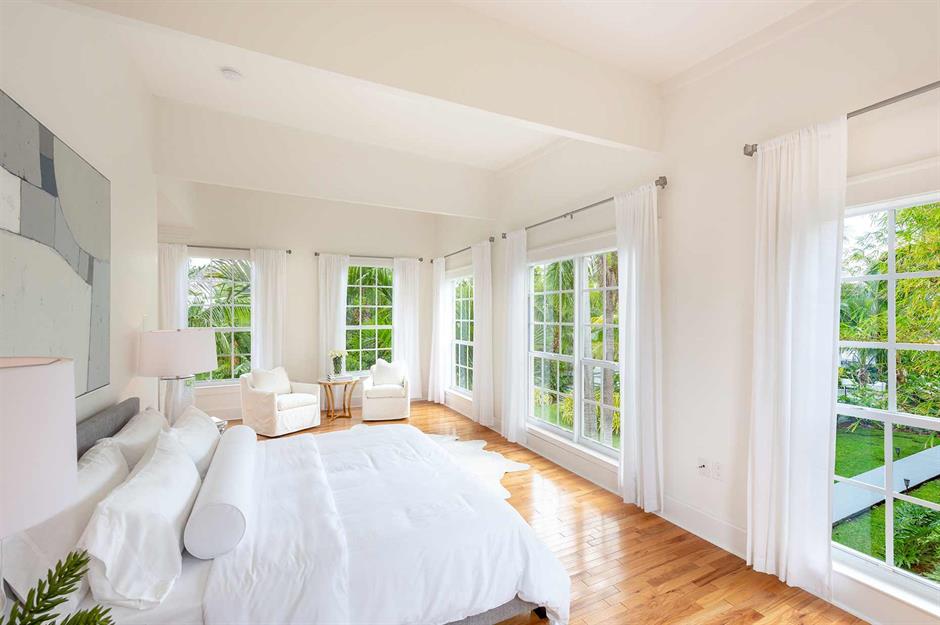
The mansion's current floor plan offers seven bedrooms and five bathrooms spread over 7,500 square feet of living space, and it looks as though that's how it'll stay. A campaign to save the property was launched by Miami Beach locals and at the end of September 2021, mere weeks after the home's sale, the developers had a change of heart and withdrew their planning application, before quickly selling the property on for $15.5 million, according to the New York Post.
Unique family home
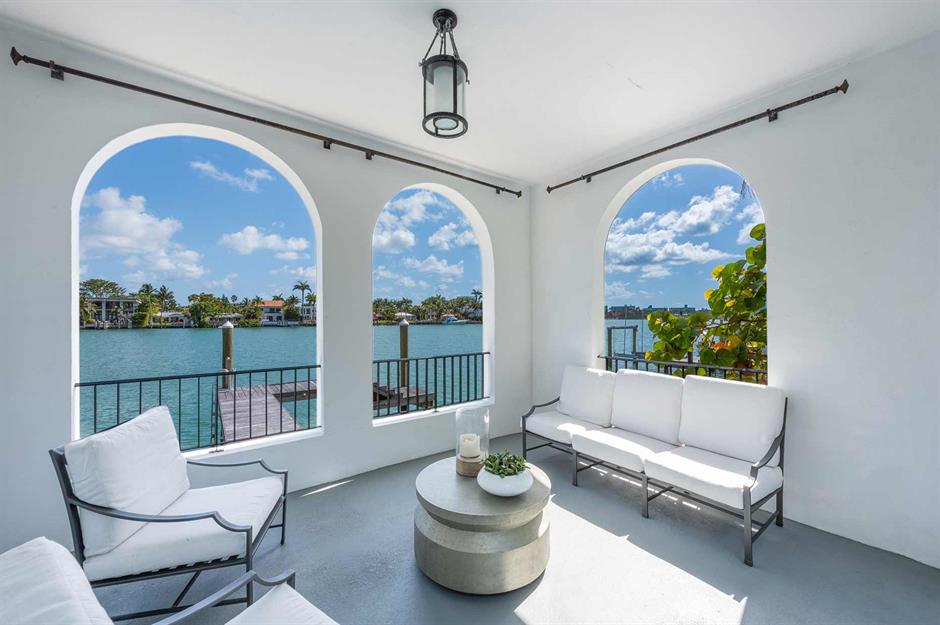
Campaigners claimed the site's redevelopment would not just be a loss for local history but for American history too, while adding little to the community. One thing's for sure, this property, with all its colorful history, will certainly make a unique family home. As well as the stylish living areas, there's no shortage of space for entertaining – this covered loggia overlooking the water has some of the best views in the house.
Sprawling estate
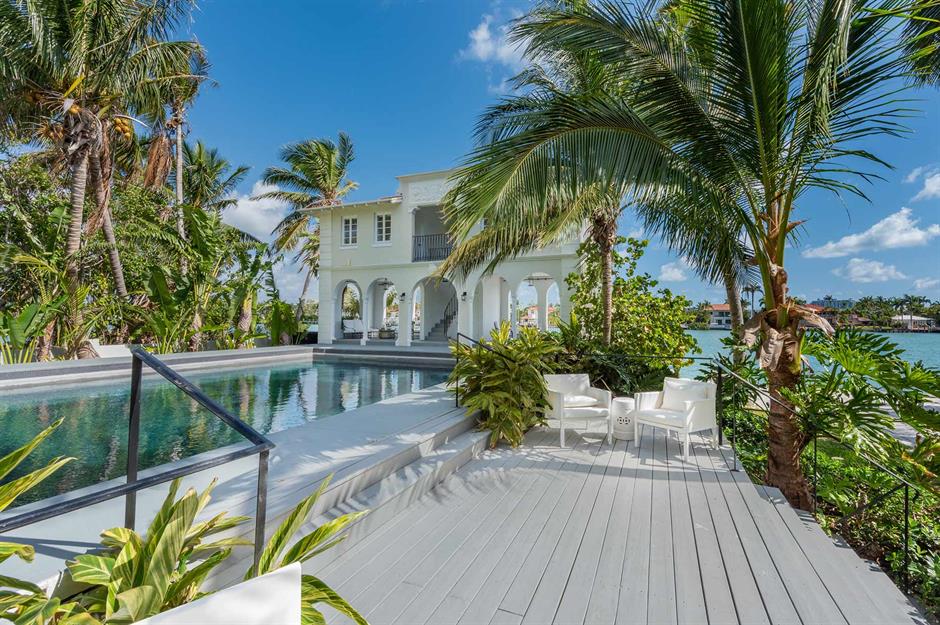
Along with Capone's mansion, the lot itself offers just less than 0.7 acres of sought-after land on one of Miami's most desirable island enclaves. If the vast swimming pool and deck weren't enough, the residence also benefits from 100 feet of pristine water frontage – ideal for making a hasty getaway, though hopefully the new buyers don't have as infamous a past as the home's previous resident...
Read on to take a tour of more incredible mafioso mansions
READ MORE: Tour the kingpin cribs of major mobsters
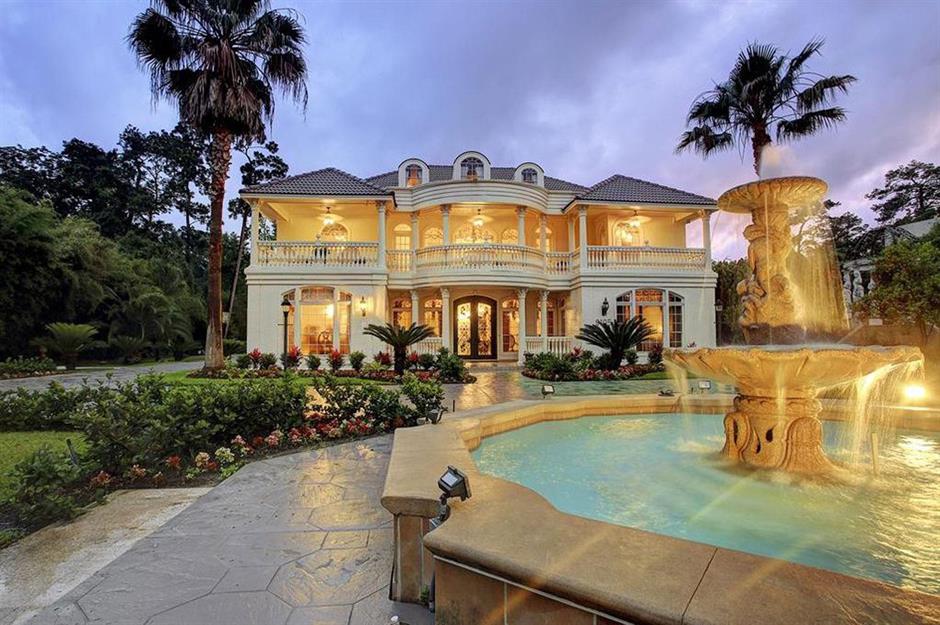
Built from seriously ill-gotten gains, the infamous estates of history's most prolific mafia kingpins are seriously extravagant and dripping with opulence. From Carmine Agnello's Long Island estate to Vincent Palermo's Houston hideaway, click or scroll on and let's take a tour around 10 of the most fascinating mobster homes and hideouts.
Benny Binion
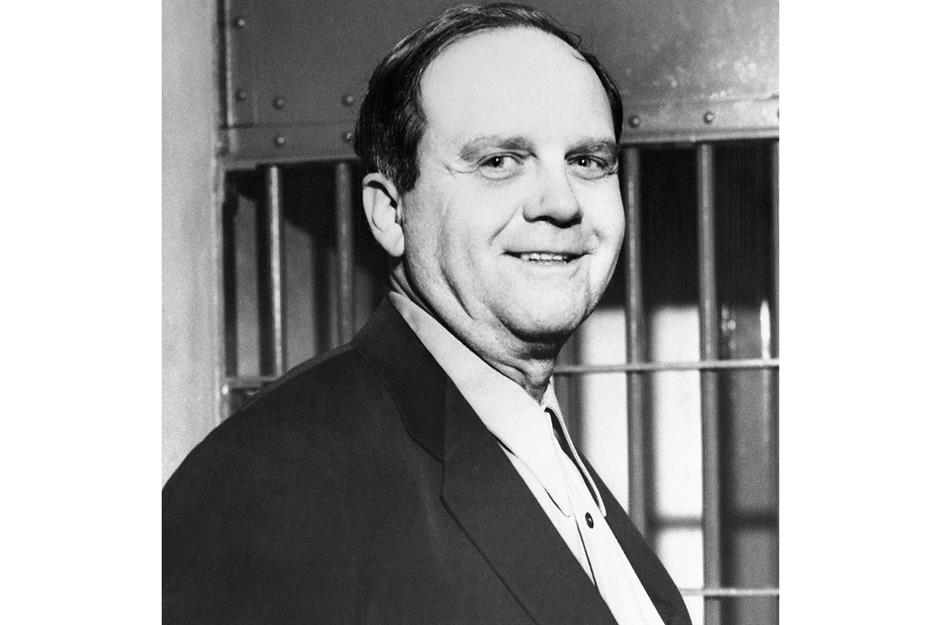
Benny Binion's gambling den
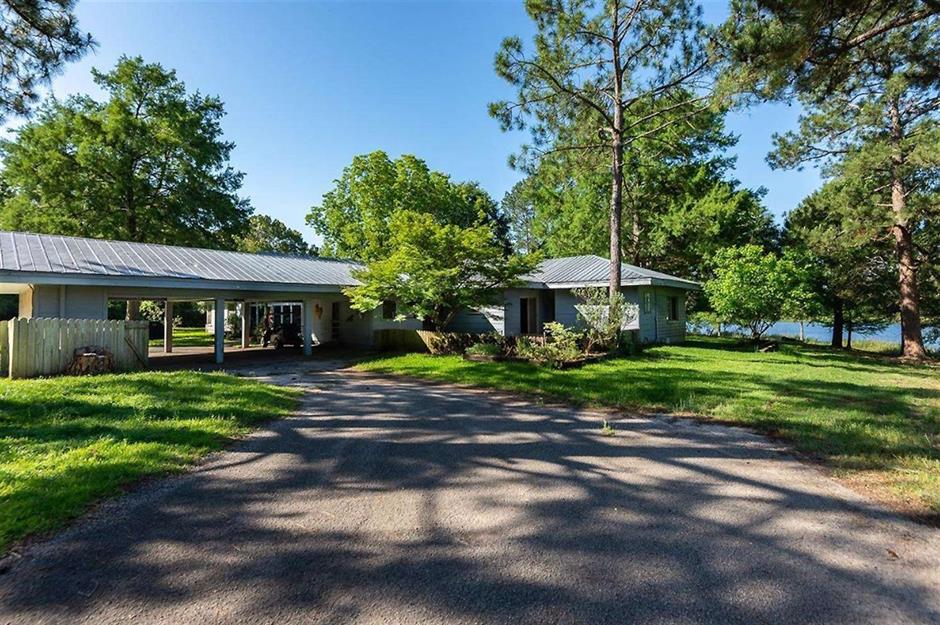
Located around 90 minutes' drive from Dallas, the ultra-private estate spans 1,369 acres. It features three cabin-style homes, dense woodlands and plenty of lakes – the perfect hidden home for a criminal to carry out a crooked career undetected. The estate was actually owned by Binion's business partner, Dallas mobster Ivy Miller, who used the retreat to host a secret gambling society, according to Mansion Global.
Benny Binion's gambling den
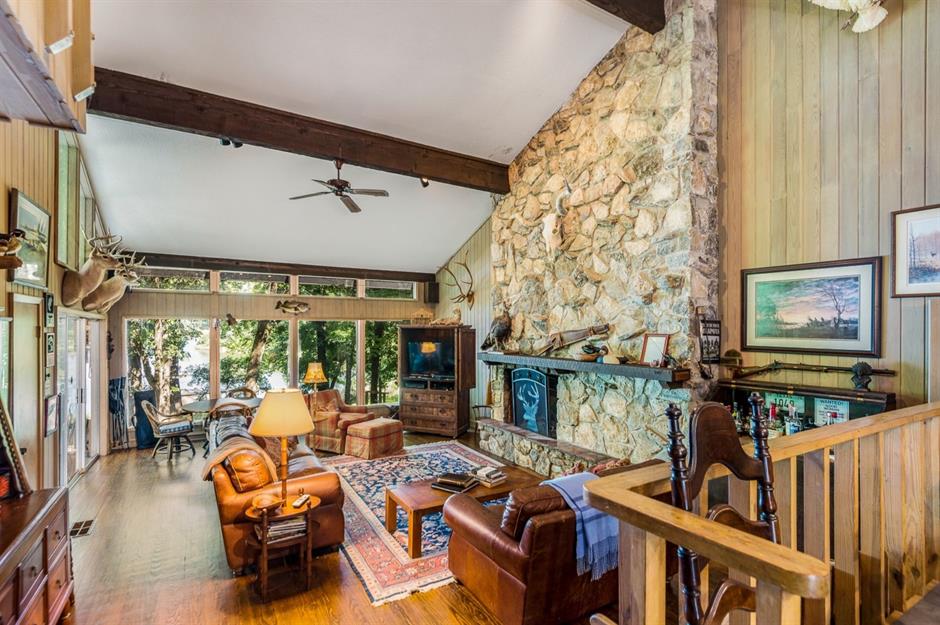
The story goes that Miller allegedly arranged for a rival, who was encroaching on Binion’s territory, to be killed. This move set off a 20-year turf war, which led to plenty of grizzly deaths and kidnappings. Despite the dark tales, there are no traces of the property's sinister past inside. The rustic dwelling spans several-thousand square feet and features light-filled and cozy living areas, complete with impressive vaulted ceilings, exposed brickwork and swaths of wood paneling. If only walls could talk...
Benny Binion's gambling den
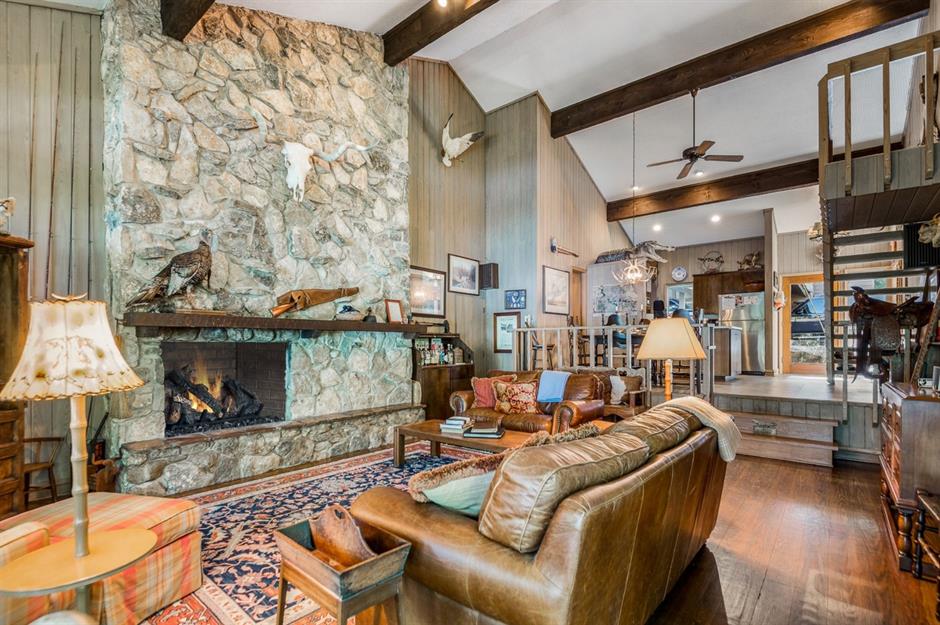
Wherever Binion went, law enforcement wasn't far behind. In 1931, he pleaded guilty to murder by self-defense and was given a suspended sentence. Binion's crimes finally caught up with him in 1953 though, when he was found guilty of tax evasion – just like Al Capone. He was sentenced to five years in prison, but he was soon out and back to his old ways...
Benny Binion's gambling den

It's likely Binion returned to Fincastle after his release. The perfect bolthole for hiding out and running illegal activities, the secluded estate boasts several boat docks – ideal for making a quick getaway. Binion remained part of the casino world and even helped to establish the World Series of Poker in Las Vegas during the 1970s. The gangster died on Christmas Day 1989 and his former gambling den was sold off in 2020 for a whopping $12 million.
Pete Corrado
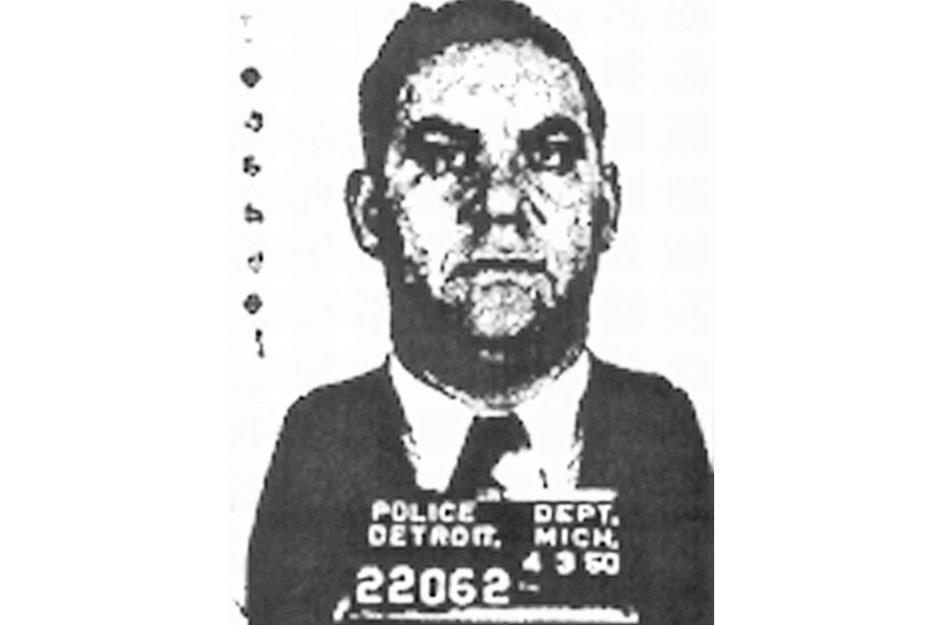
Pete Corrado, who was dubbed “Machine Gun Pete”, was one of the first members of the Detroit Outfit or Detroit Partnership, the Midwestern city's most active Mafia organization. He headed the Corrado clan offshoot from 1931 until his death from a heart attack in 1957. The mafioso lived in a 7,481-square-foot mansion on Middlesex Road in Grosse Pointe Park, just outside Detroit.
Pete Corrado's Michigan manor
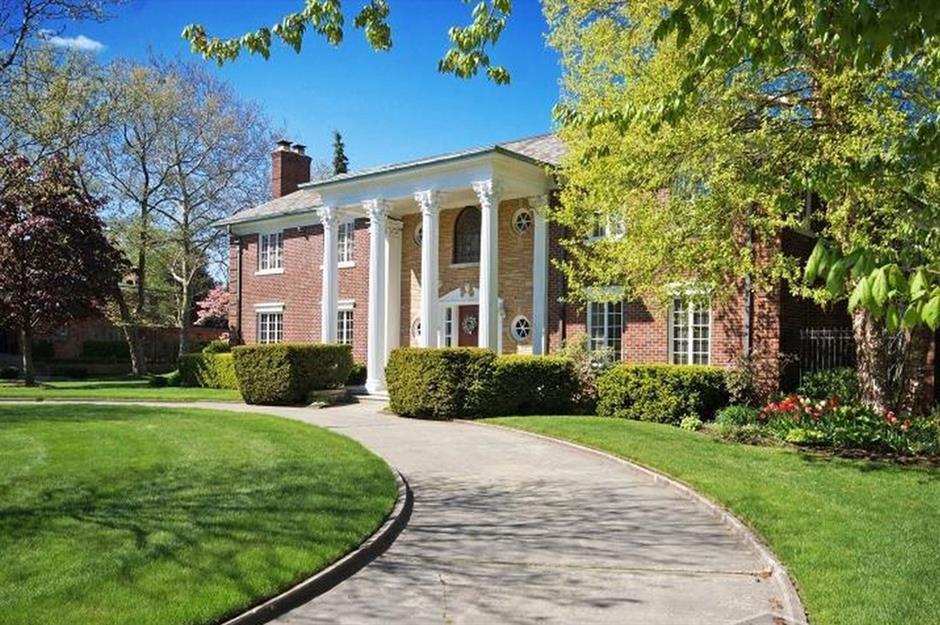
Corrado made his money organizing and operating an illegal numbers racket or so-called “Italian lottery”. He also had interests in real estate and lucrative cuts in a number of profitable businesses. His Georgian-Colonial mansion was paid for with the proceeds of these activities.
Pete Corrado's Michigan manor
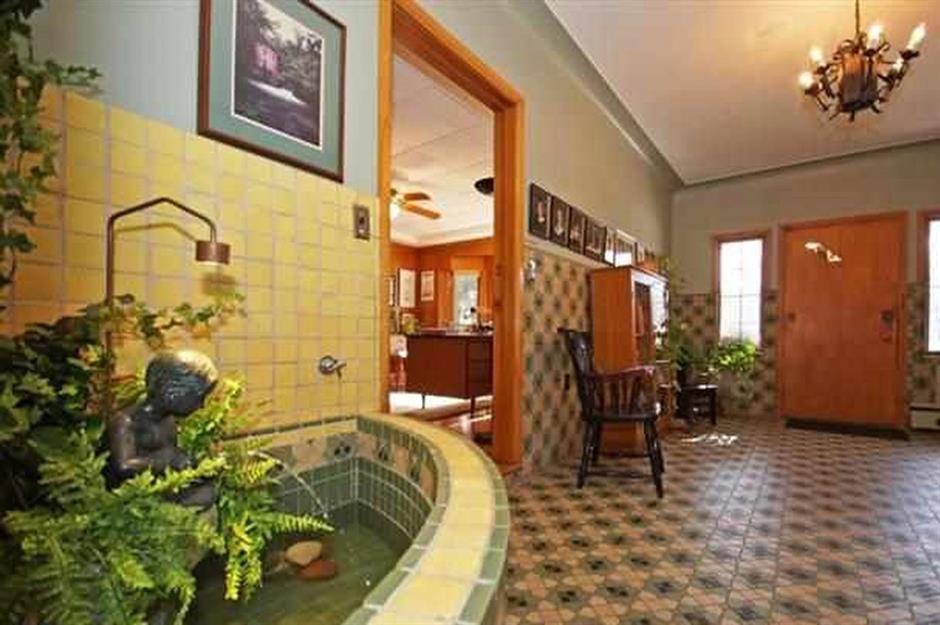
Decorated in a classic 1950s style, the mafioso mansion has a decorative tiled entrance hall adorned with a pretty fountain. Aside from the numerous reception rooms and bedrooms, other highlights of the substantial suburban property include three bars, a wine cellar, spa and pool room, as well as a bomb-proof garage.
Pete Corrado's Michigan manor
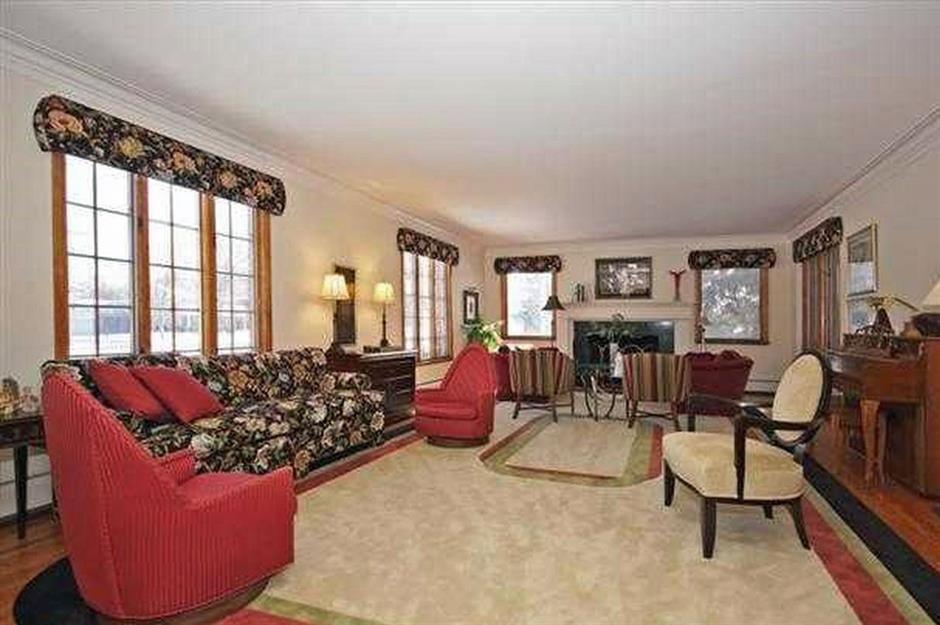
Given that this was a mob home, the property has several hidden spaces that were presumably used to hide Corrado's machine guns and other weapons. Adding to the Mafia allure, a series of tunnels run under the house, one of which connects to a mansion across the road that was once owned by Detroit Outfit boss Anthony Zerilli.
Pete Corrado's Michigan manor
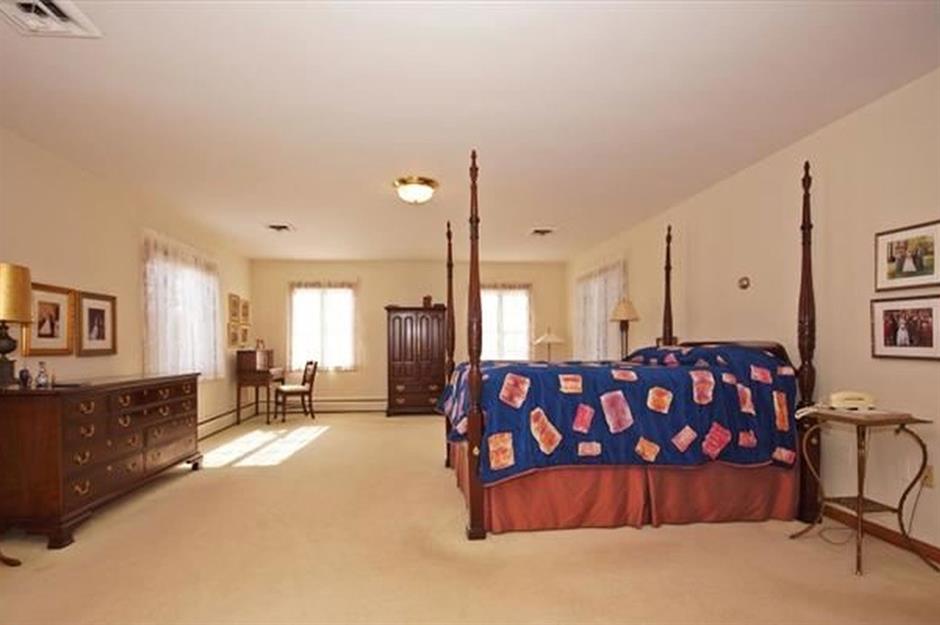
Following Corrado's death in 1957, the house stayed in the family and became the home of fellow gang member Anthony "The Bull" Corrado until 1988. It was eventually purchased by former Detroit Tigers baseball star Kirk Gibson in 1997 for $665,000. He sold the property via auction in 2015 for $715,000.
Bugs Moran
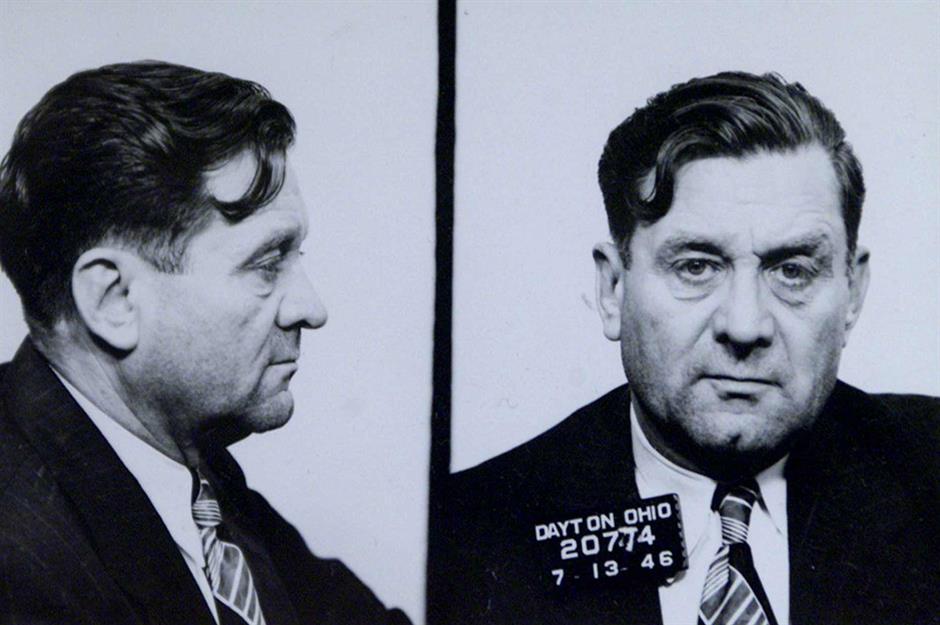
Rather than a decadent mansion, Gangster George “Bugs” Moran preferred to live in a luxury hotel. Though his parents were French immigrants, the mobster, who was born Adelard Cunin, headed the mostly Irish-American North Side Gang, which battled against Al Capone's Italian-American South Side Gang for control of Chicago's illegal alcohol trade.
Bugs Moran's Chicago hotel suite
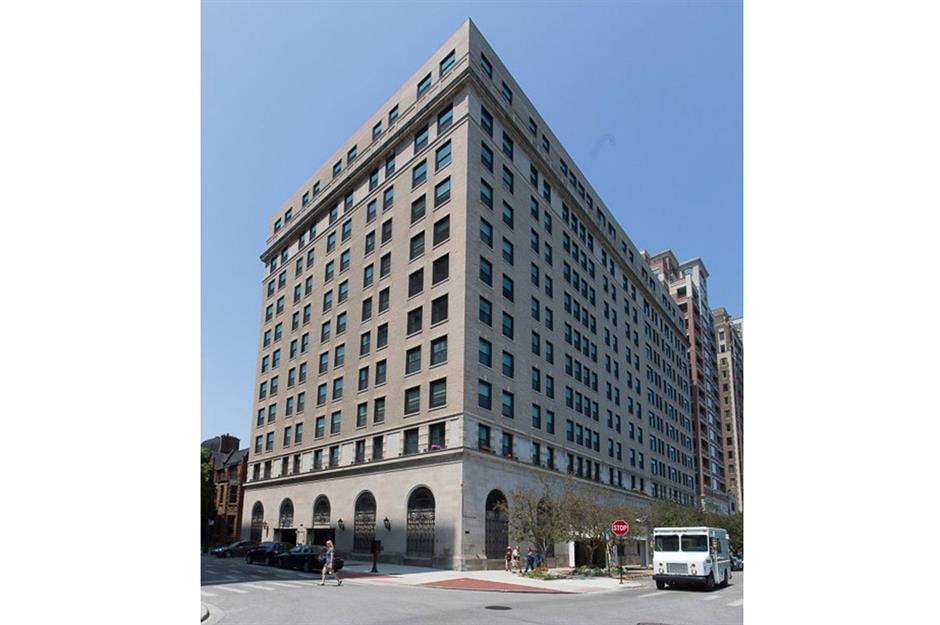
During the 1920s and 1930s, Moran resided at Chicago's opulent Parkway Hotel. The Art Deco building was conveniently located less than a block away from the North Side garage, where the gang stored the bulk of its illicit booze. The garage was later the scene of the infamous Saint Valentine's Day Massacre in 1929.
Bugs Moran's Chicago hotel suite
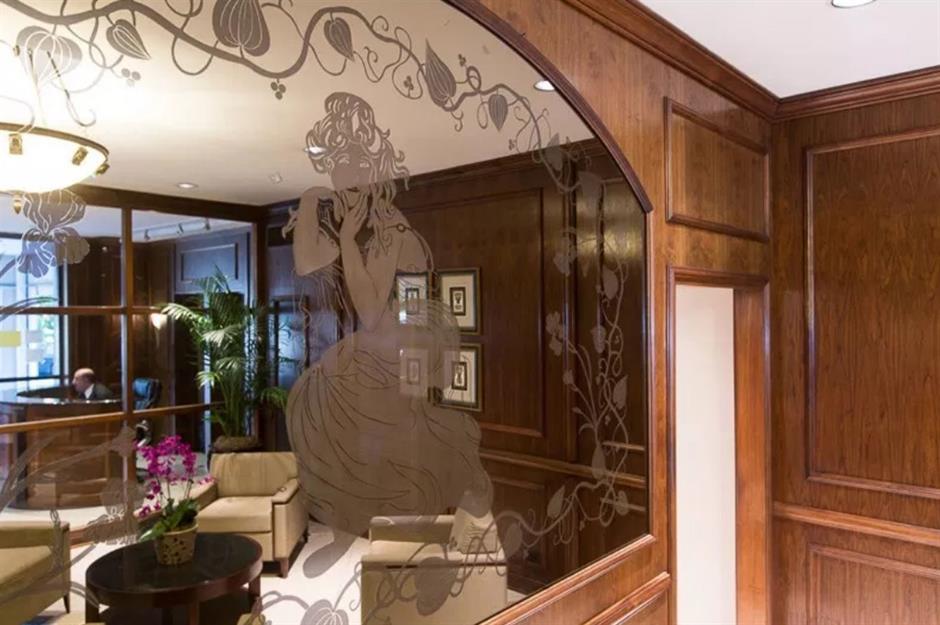
Bugs Moran's Chicago hotel suite
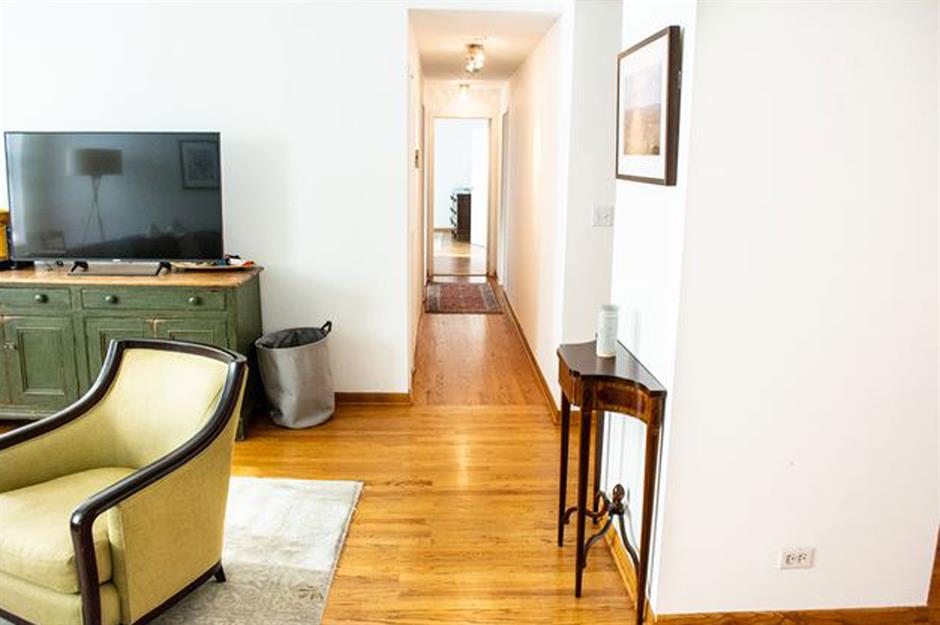
Bugs Moran's Chicago hotel suite
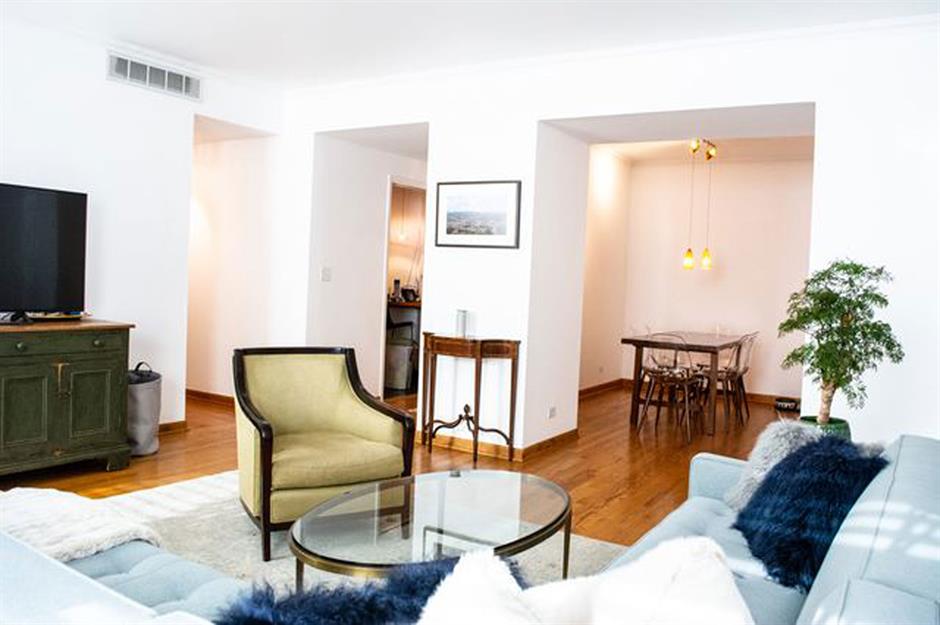
The luxurious hotel, which once housed a grand ballroom, high-end restaurant and of course the requisite speakeasy, has since been converted into the Pierre, a luxury condo development. Fortunately, the conversion was carried out sensitively, and the building still retains its Art Deco splendor.
Bugsy Siegel
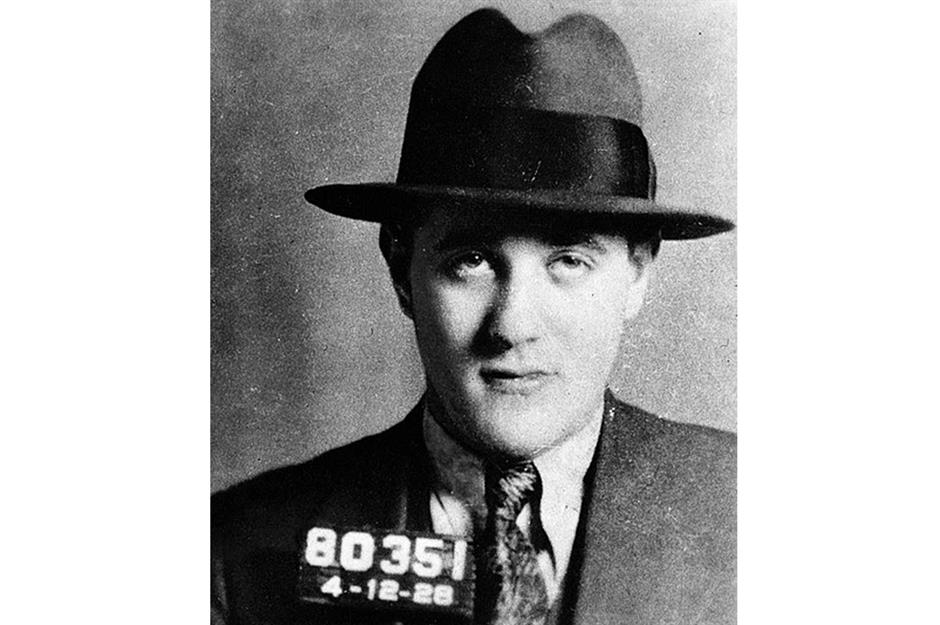
Benjamin "Bugsy" Siegel had a fearsome reputation and was one of the founders of Murder, Inc., which acted as the enforcement arm of the Jewish mob and Italian-American Mafia during the 1930s and 1940s. Like Bugs Moran, Siegel was a bootlegger during the Prohibition era. He then got into gambling, moving to California in the late 1930s where he built a large mansion.
Bugsy Siegel's LA bolthole
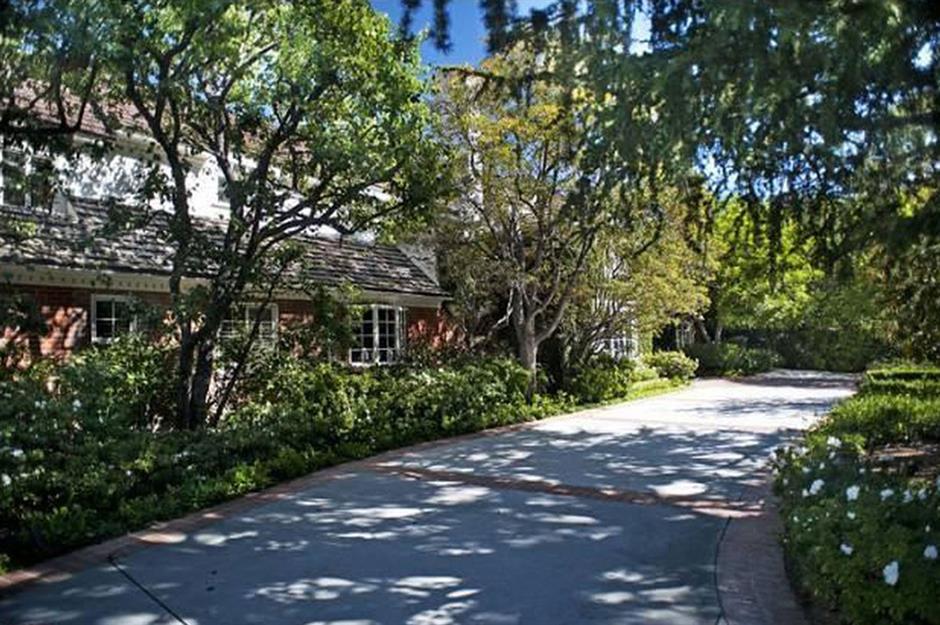
Located in the exclusive LA neighborhood of Holmby Hills, Siegel's city bolthole was constructed in 1938 with the proceeds of his many crimes. Sitting on a total of 1.8 acres, the house has five bedrooms, an enormous living room, oak-paneled library, imposing dining room, and a spacious home cinema.
Bugsy Siegel's LA bolthole
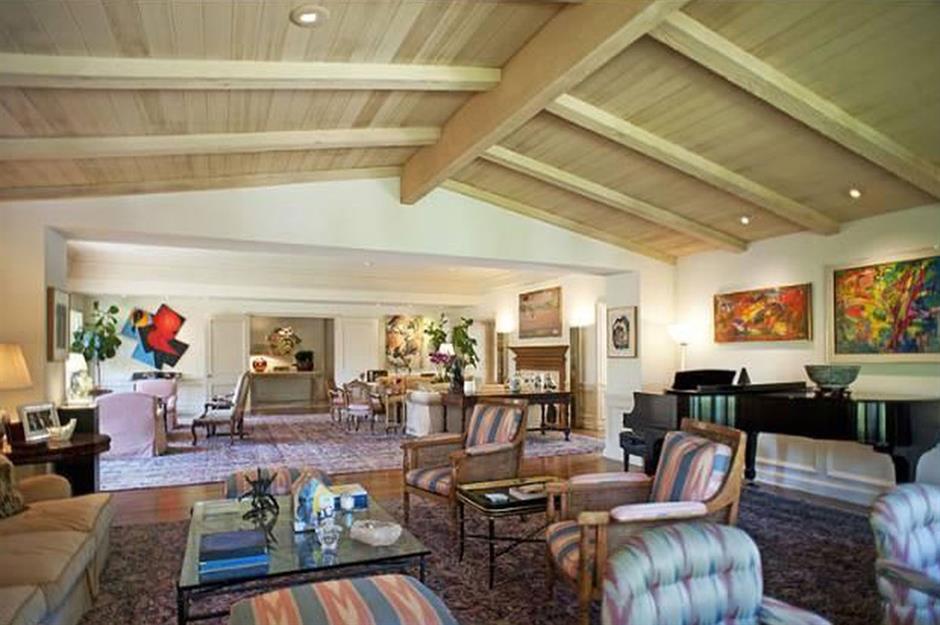
Bugsy Siegel's LA bolthole
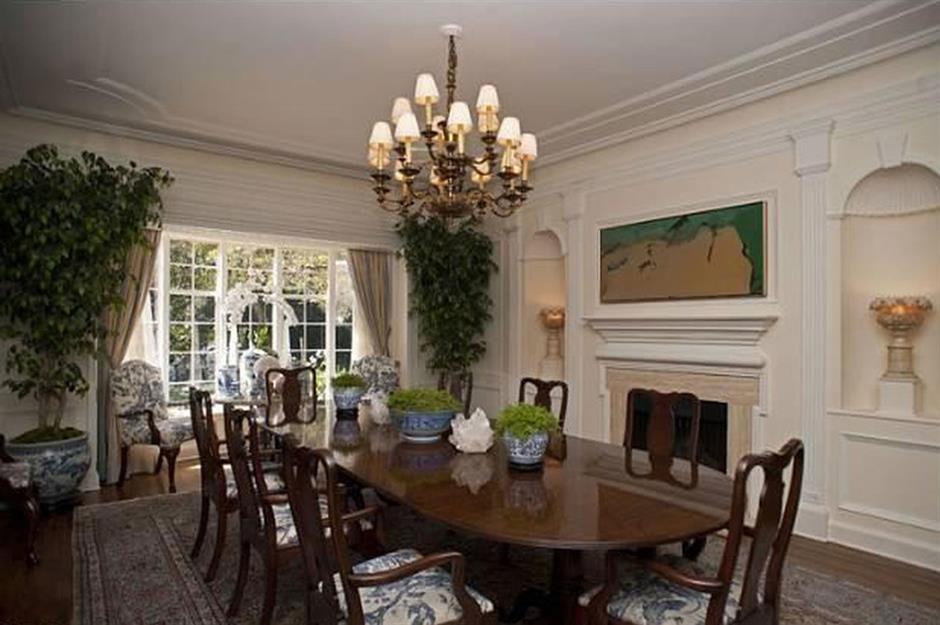
A rarity at a time when even the most extravagant homes had only one or two bathrooms at most, the house wowed with six vanity rooms. The dining room was outfitted with a vast wood table that seated a whopping 30 – significantly bigger than the polished wooden table shown here.
Bugsy Siegel's LA bolthole
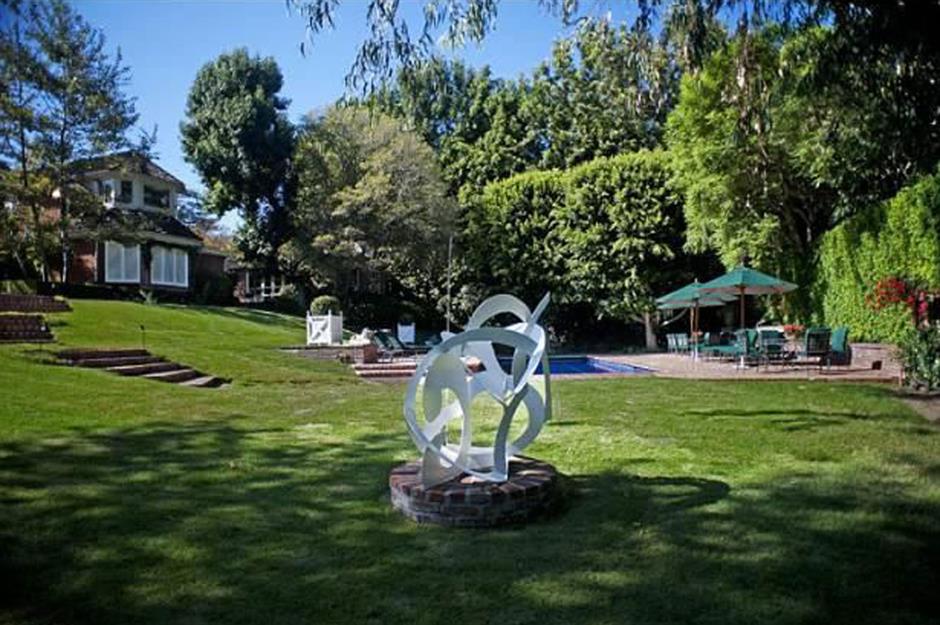
The grounds are equally lavish, featuring a pool and manicured gardens. The wardrobe in the master bedroom reportedly contained a secret trapdoor to the attic, which Siegel escaped through in 1940 to evade the cops, who saw through the ruse and arrested him for murder. Siegel was acquitted for the crime, but met his end in 1947 when he was shot dead at his girlfriend's home in Beverly Hills.
Albert Anastasia
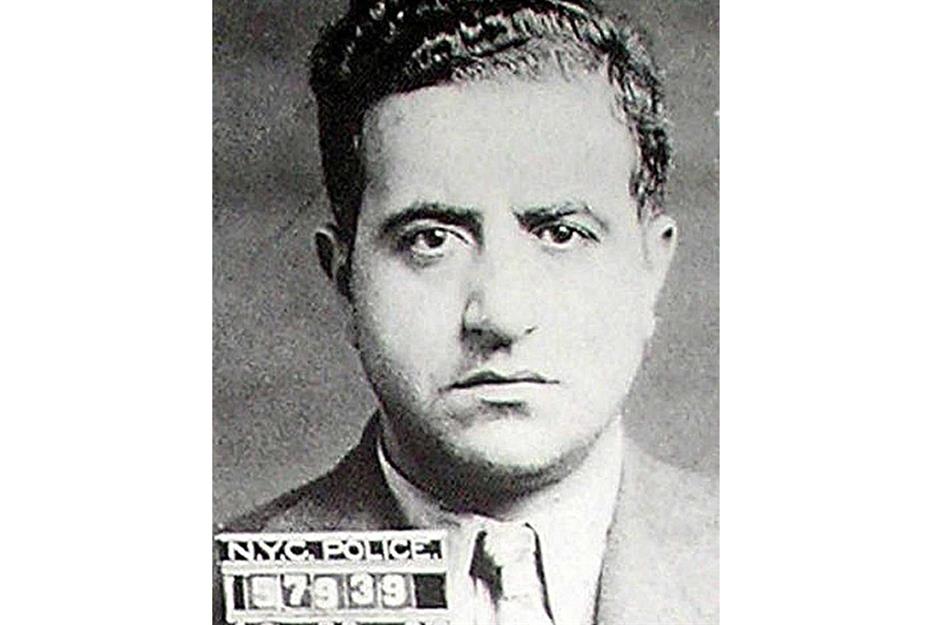
Albert Anastasia's New Jersey base

The menacing Mafia Don controlled his organization's criminal activities from the mansion and is alleged to have tortured and killed people in the house. The Fort Lee home, which is located across the Hudson River from Manhattan, has a total of 25 sprawling rooms and sits on 1.3 acres.
Albert Anastasia's New Jersey base
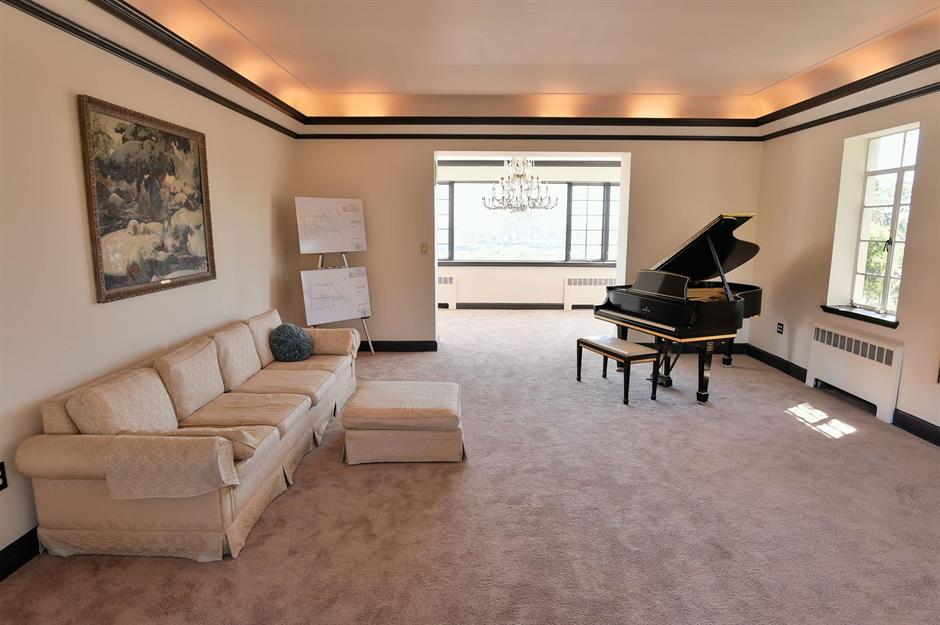
The house is surrounded by high walls that were once covered in barbed wire and guarded by two vicious Dobermanns. Along with several reception rooms, the mansion has a number of capacious bedrooms, a retro kitchen and a glass-covered conservatory offering views of the New York skyline.
Albert Anastasia's New Jersey base
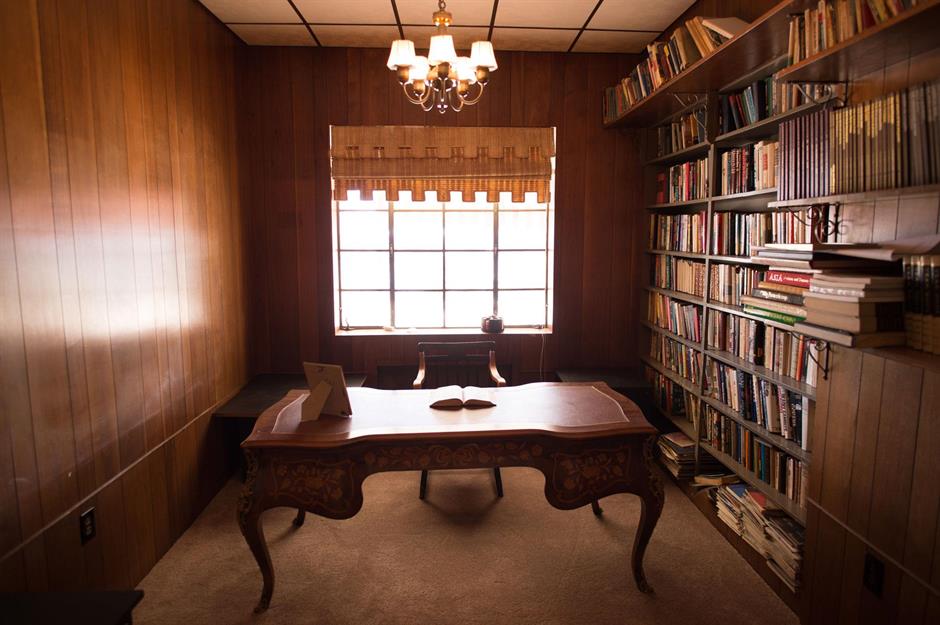
Looking at this picture of the property's wood-paneled office, it's not hard to imagine the scary Mafia boss sitting behind the desk with a cigar in his hand, planning his next kill or directing his minions to execute it on his behalf. But the office is by no means the eeriest room in the house, not by a long shot. That would be the jacuzzi room...
Albert Anastasia's New Jersey base
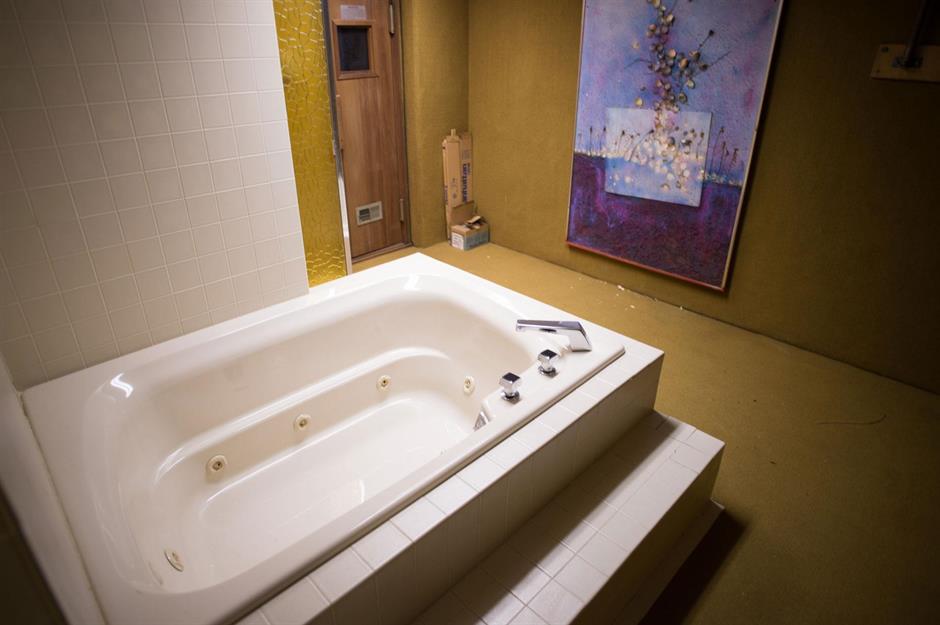
Known in Anastasia's time as “the slaughter room”, it contained nothing apart from a drain, into which the blood of his unfortunate victims would flow. Anastasia's reign of terror continued until 1957 when he was gunned down while having a shave in the barber shop at Manhattan's Park Sheraton Hotel. His mansion was offloaded and passed through various owners, before selling in 2017 for $6.9 million.
Paul Ricca
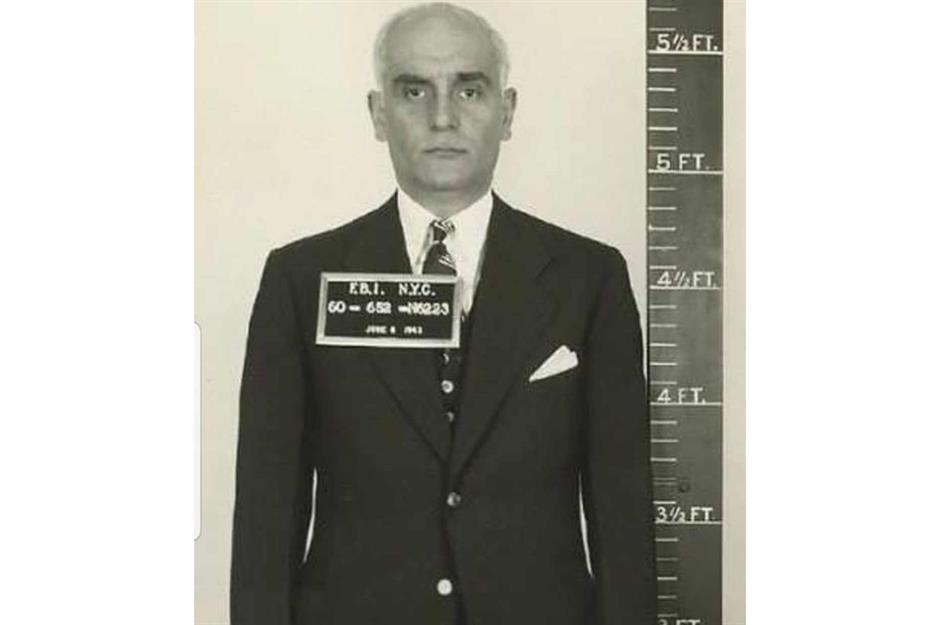
Paul Ricca's Chicago hideaway
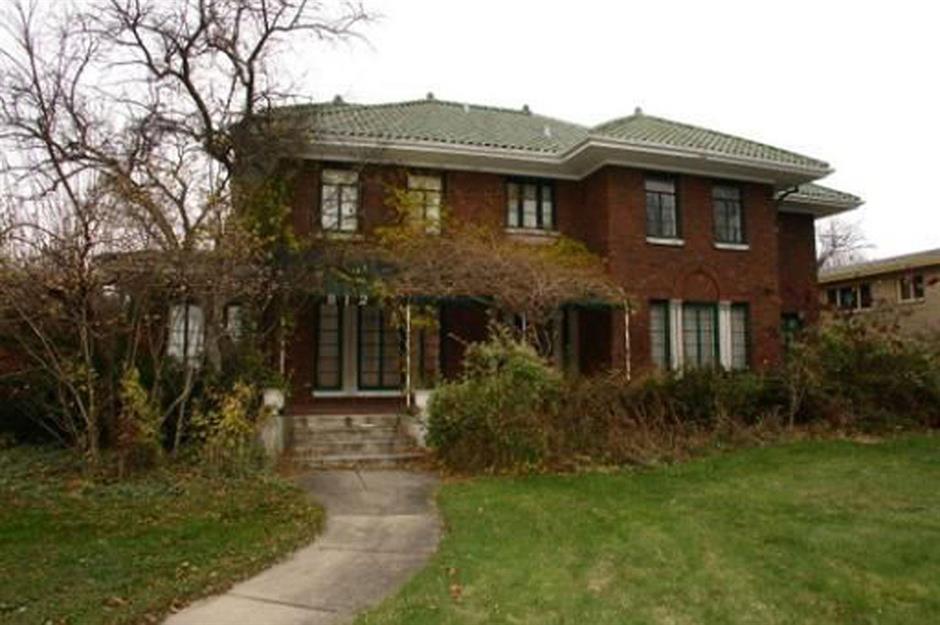
Paul Ricca's Chicago hideaway
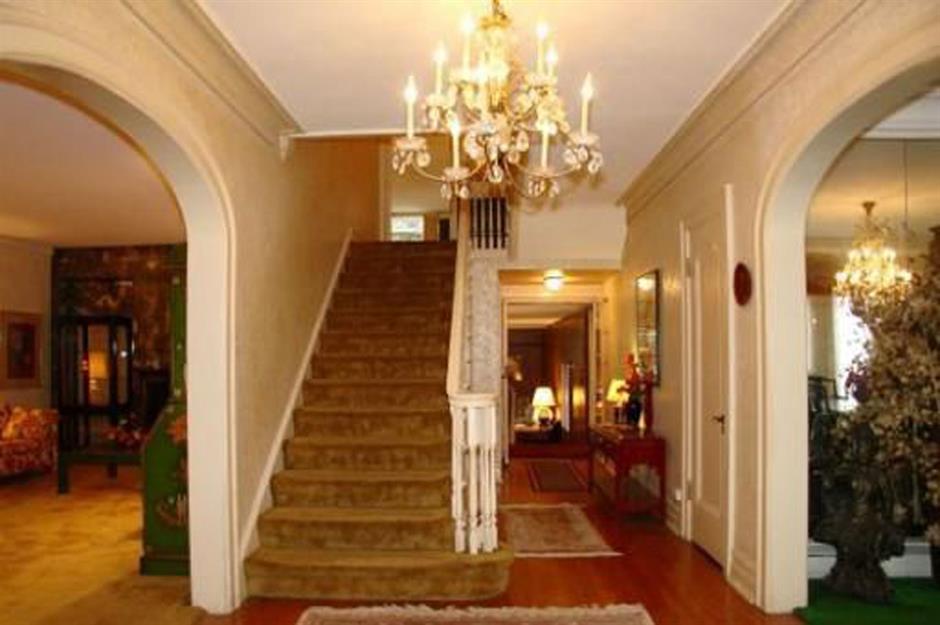
Paul Ricca's Chicago hideaway
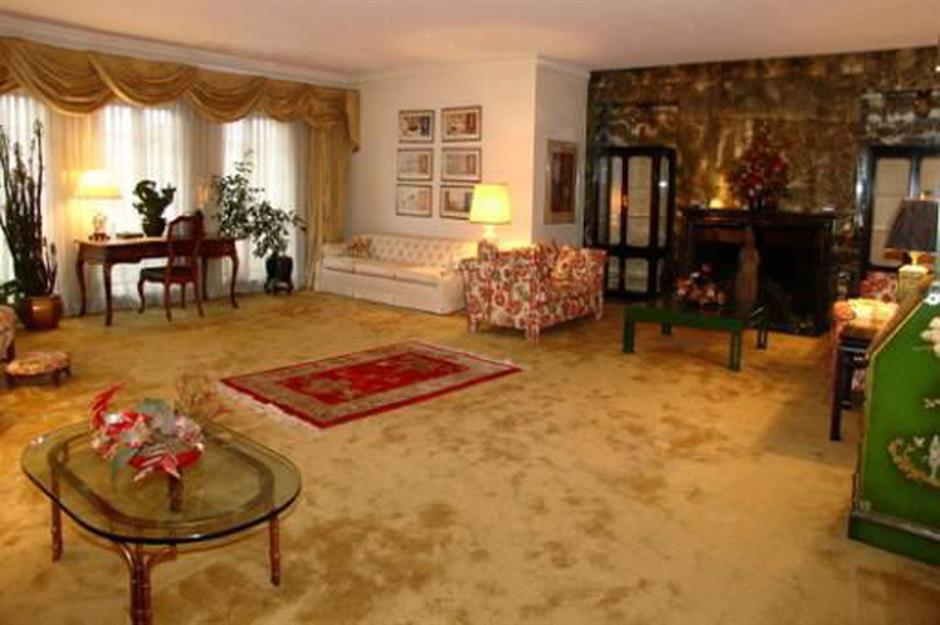
After a day's work enforcing his iron rule, Ricca would return to his well-appointed home with its four fireplaces, parquet floors, a handsome library and other splendid rooms. Like other Mafia mansions, the property had plenty of places to hide incriminating items, including a closet that was said to contain a secret door that leads to a concealed space.
Paul Ricca's Chicago hideaway
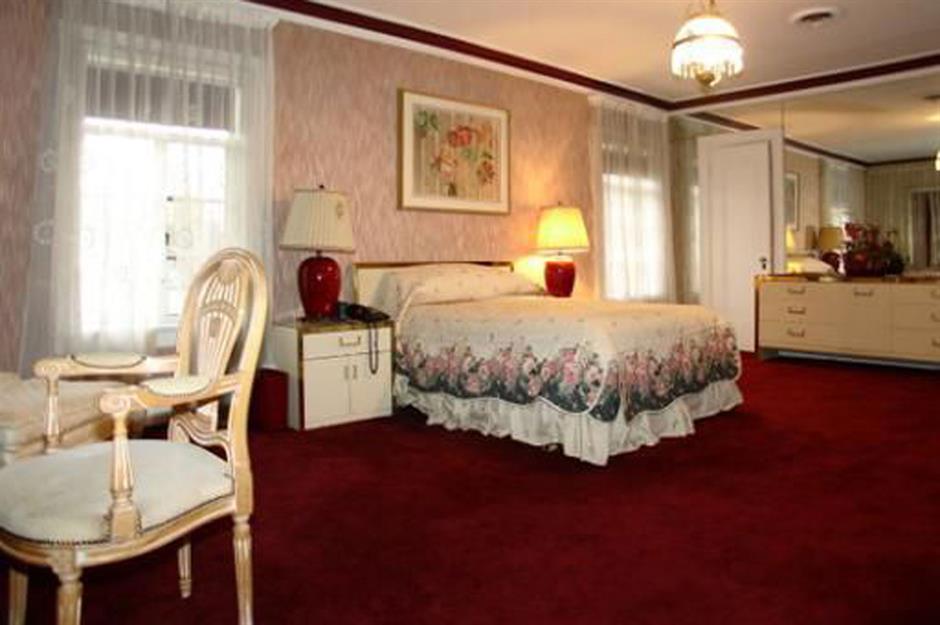
Ricca was arrested in 1957 and subsequently charged with tax evasion. He was imprisoned in 1959 but only served 27 months of his nine-year sentence. When Ricca died of a heart attack in 1972, his former mansion passed to a professor at the University of Illinois who sold it in 2014 for $900,000 through Berg Properties.
Tony Accardo
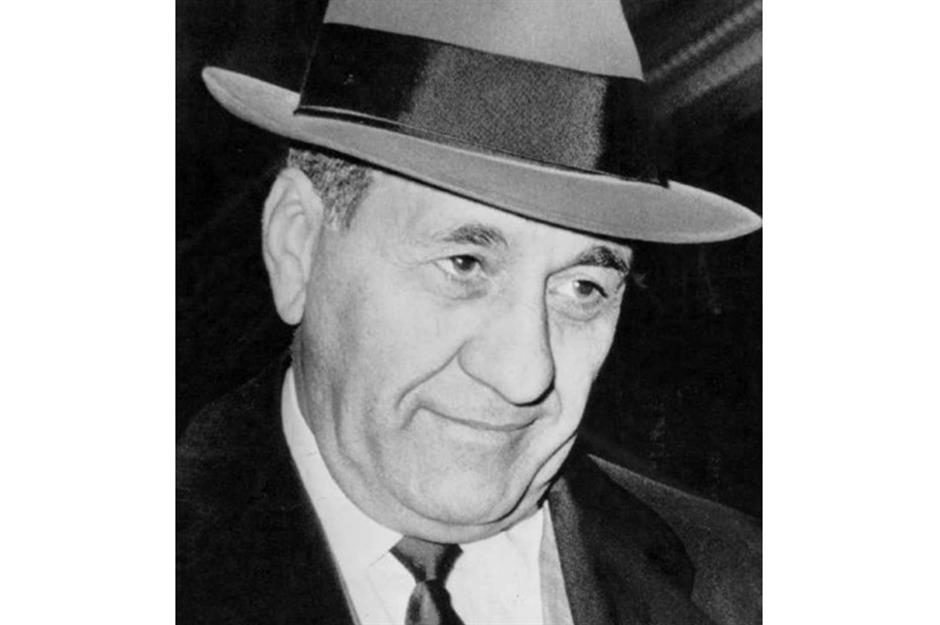
Tony Accardo's River Forest residence
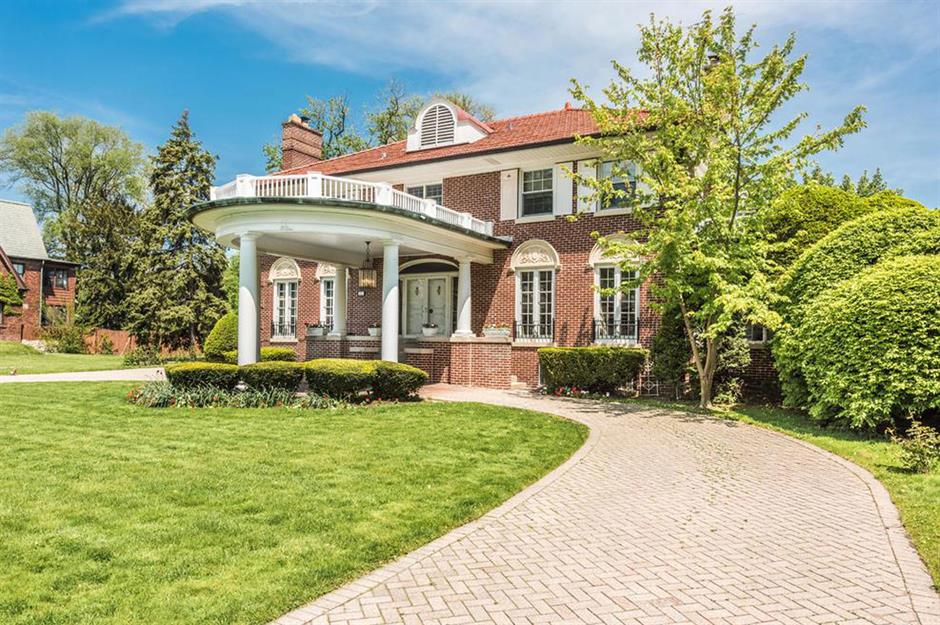
Accardo lived in the Colonial-style five-bedroom house on Ashland Avenue from 1964 when he was the underboss of the Chicago Outfit, through to 1972 when he was the Don of the organization. It was built in 1963 at a cost of up to $160,000, which is around $1.3 million in today's money.
Tony Accardo's River Forest residence
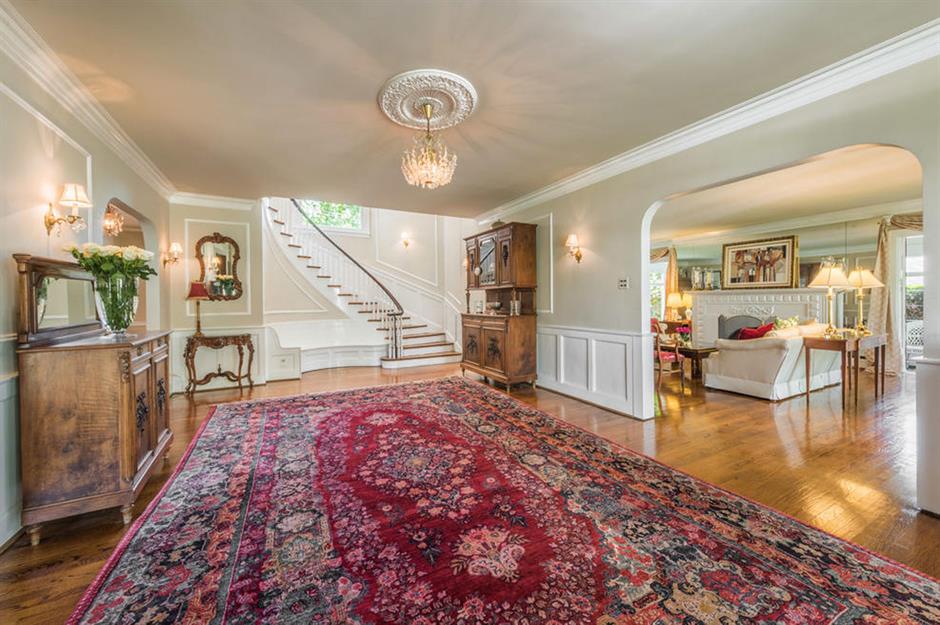
Tony Accardo's River Forest residence
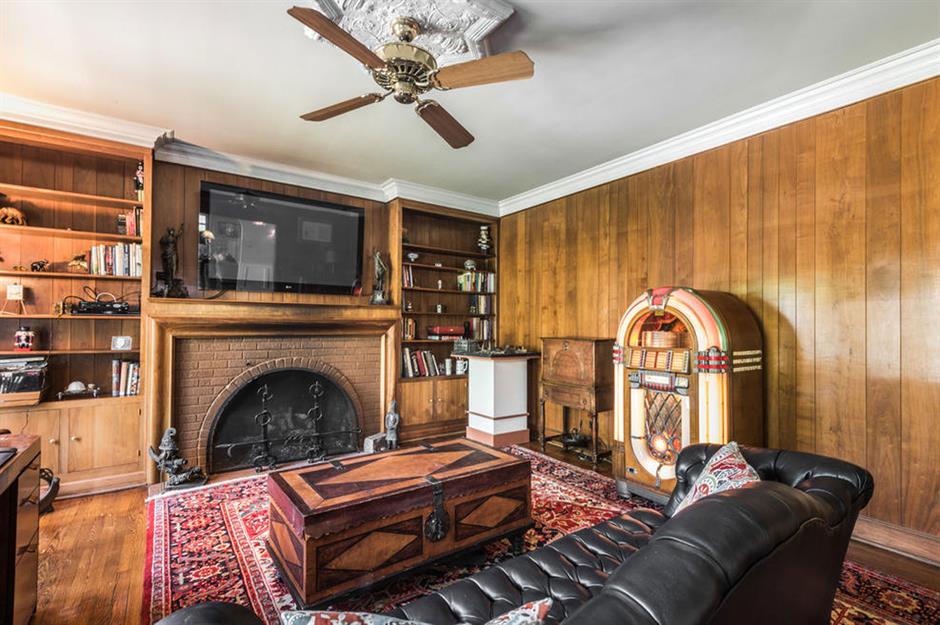
Tony Accardo's River Forest residence
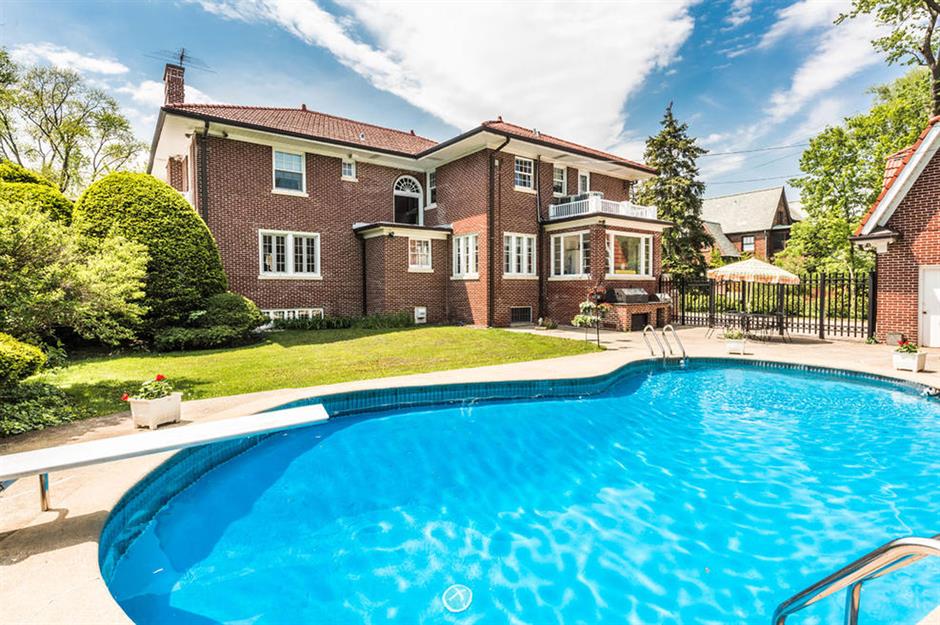
Following the burglary, Accardo sold the property and decamped to a condo in the same neighborhood, before moving into his daughter and son-in-law's home in Barrington Hills, Illinois. He died of respiratory and heart failure in 1992. As for the River Forest house, it was recently sold for just over $1.1 million.
Vito Rizzuto
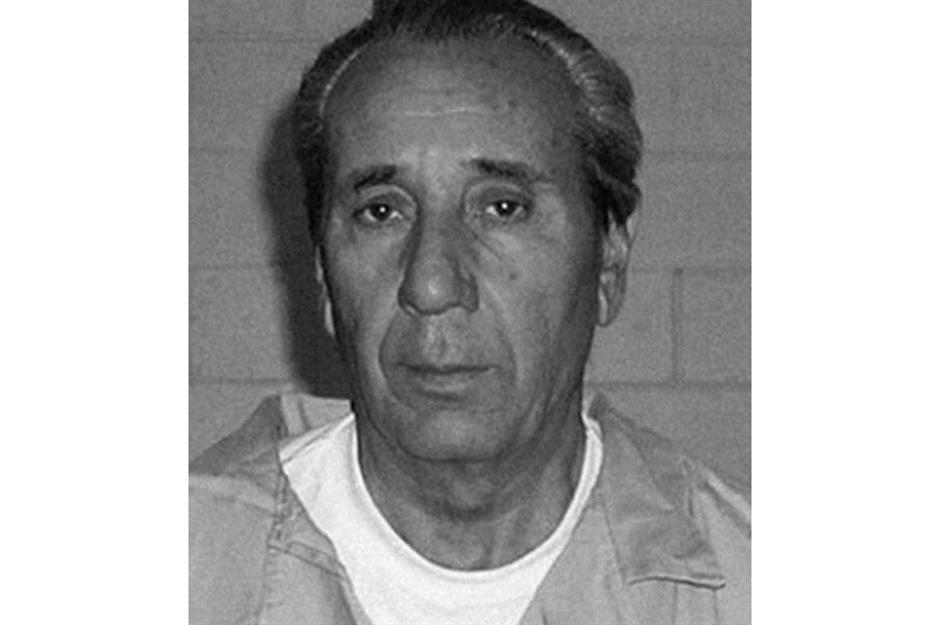
Vito Rizzuto, “Montreal's Teflon Don”, was the alleged boss of the Sicilian Mafia in Canada and head of the widely feared Rizzuto crime family – the subject of Netflix's Bad Blood series. While Rizzuto is reputed to have been involved with the Mafia since the 1960s, he managed to evade jail until 2004. Prior to this, Rizzuto lived with his family in a plush Canadian mansion in Montreal's Ahuntsic-Cartierville borough.
Vito Rizzuto's Montreal mansion

The Tudor-style five-bedroom house is situated on the affluent neighborhood's leafy Antoine Berthelet Avenue, which is nicknamed “Mafia Row” by locals. At least four alleged mafiosos have owned homes on the thoroughfare, including Rizzuto's brother-in-law, Paolo Renda.
Vito Rizzuto's Montreal mansion

Needless to say, like all good Mafia-connected homes, the sizeable estate has plenty of high-end touches, including numerous luxury chandeliers, quality parquet flooring, sumptuous Persian carpets, antique furniture, and a sweeping staircase in the entrance hall.
Vito Rizzuto's Montreal mansion
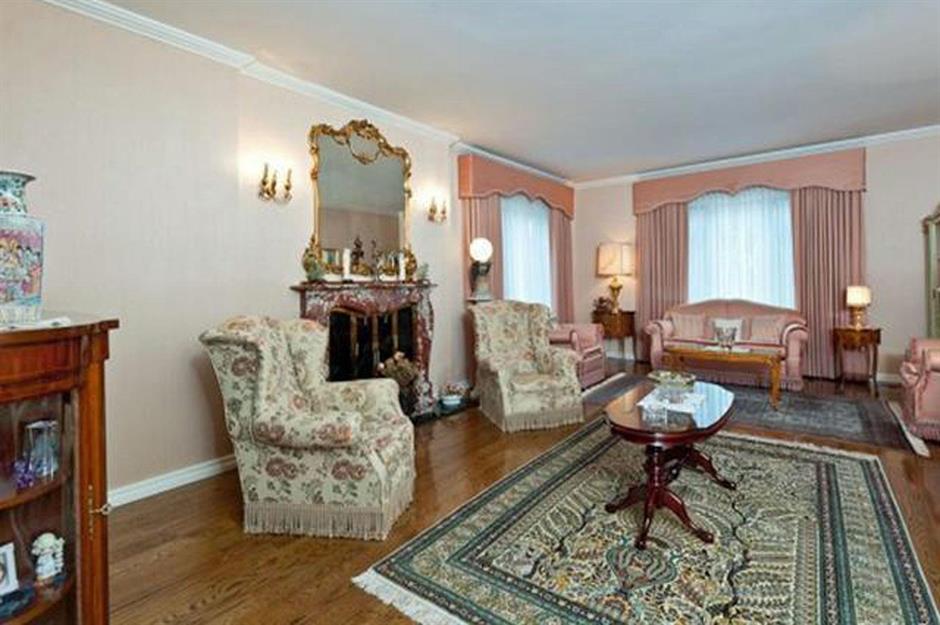
Vito Rizzuto's Montreal mansion
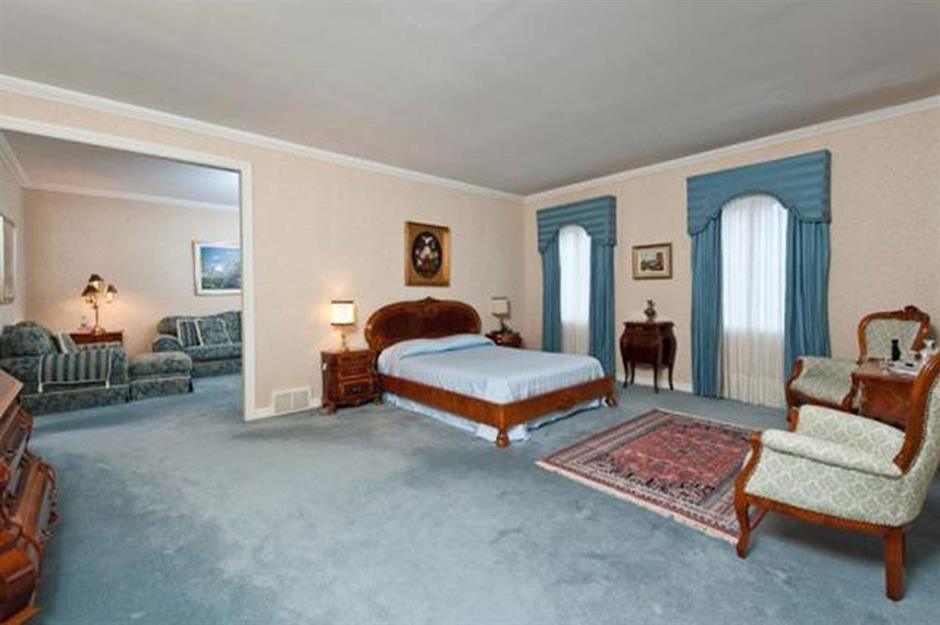
Carmine Agnello
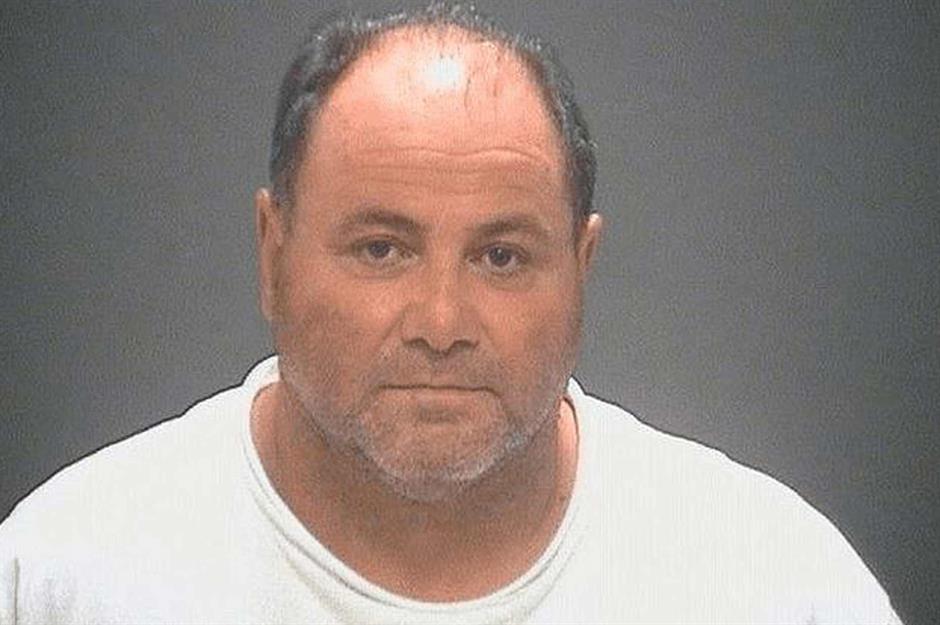
Carmine Agnello's Long Island estate
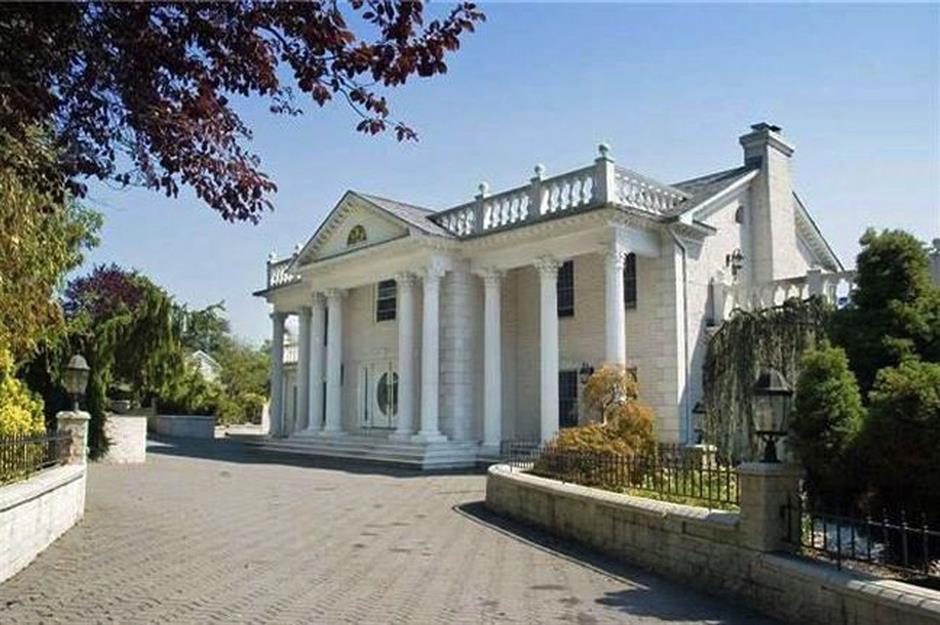
Agnello's criminal activities eventually caught up with him, and he was sentenced in 2001 to nine years in prison for racketeering and arson. While he was in jail, his wife Victoria divorced him on grounds of constructive abandonment and was awarded the house. Together with her sons, Victoria went on to star in reality shows Growing up Gotti and Growing Up Gotti: Ten Years Later.
Carmine Agnello's Long Island estate

The mansion featured prominently in the shows and Gotti has gone on to become a best-selling author, columnist and reality star. She has described the home as “very warm, very woodsy, very comfortable yet very elegant”. As you can see, this opulent living room is covered in fine wood paneling and lined with bookshelves.
Carmine Agnello's Long Island estate

The bedrooms are just as luxurious, featuring ornate pillars and four-poster beds. Despite this, Gotti has made several attempts to sell the property. In 2008, it was listed for a pricey $3.5 million. The following year, the house was threatened with foreclosure when Gotti fell into arrears with her mortgage repayments. Since then it has been listed and taken off the market seven times.
Carmine Agnello's Long Island estate
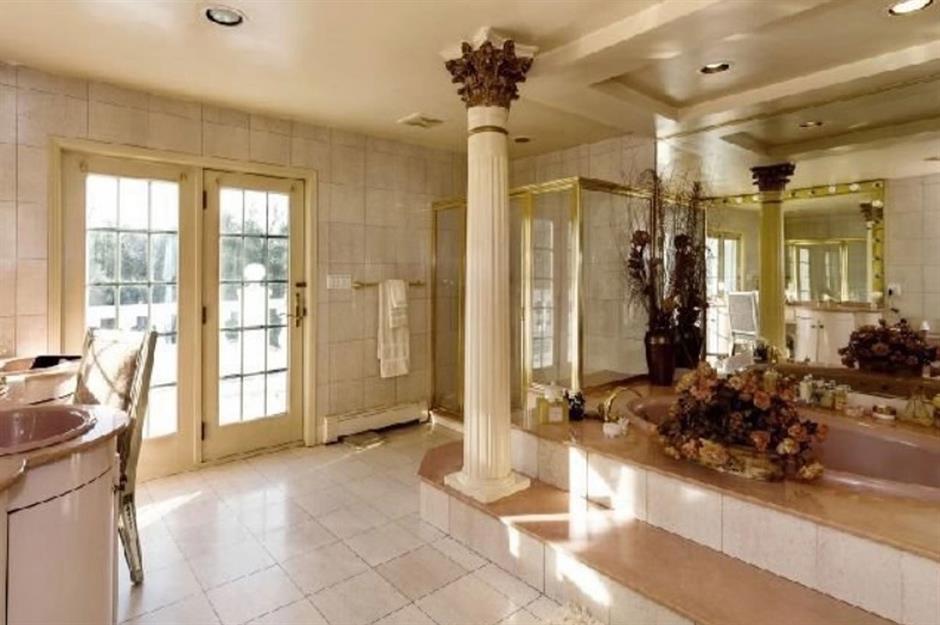
Vincent Palermo
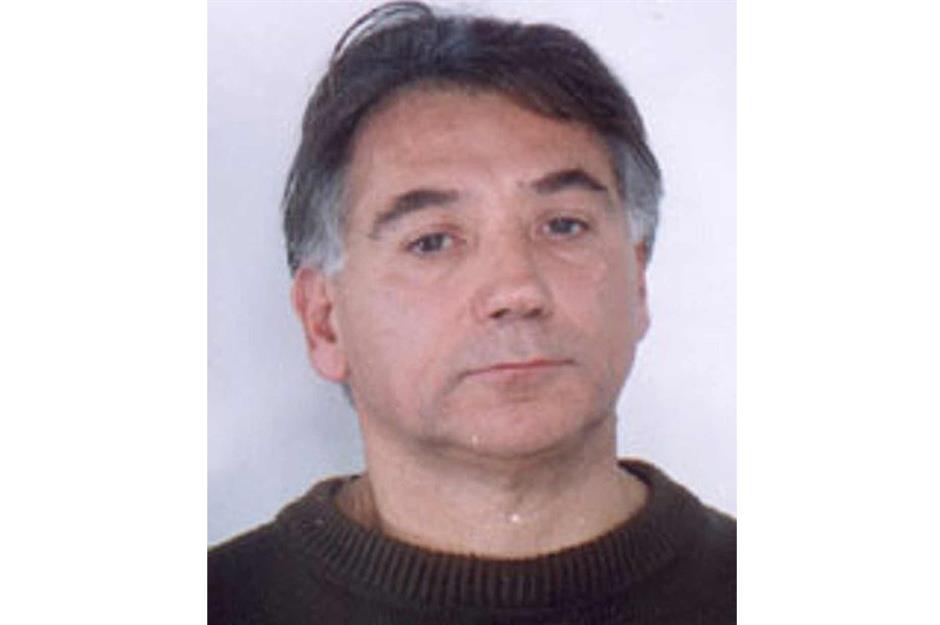
Vincent Palermo's Houston hideout

Vincent Palermo's Houston hideout
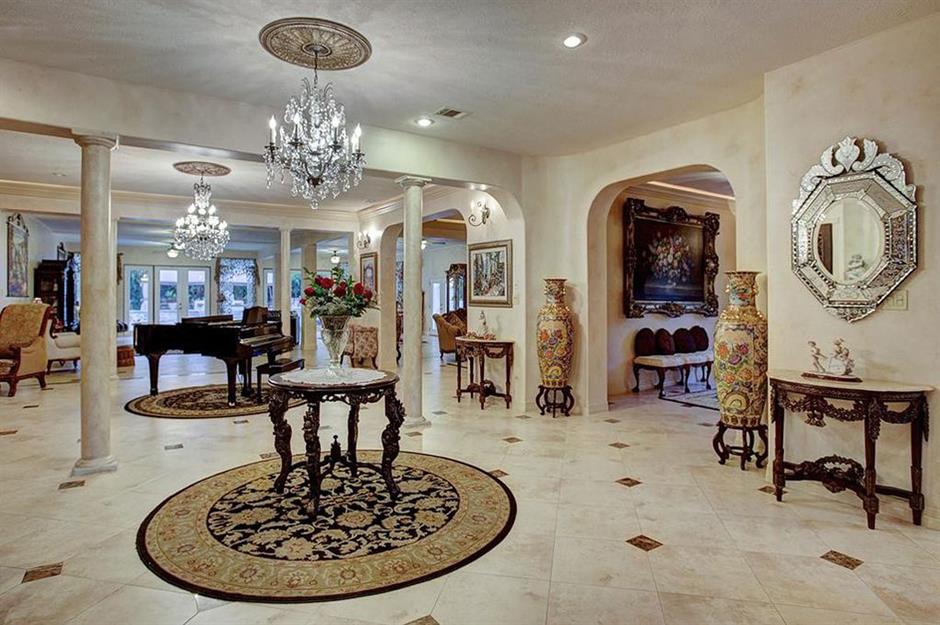
Talk about furnishings fit for a billionaire, Palermo didn't hold back when it came to decorating his Houston hideaway. The main open-plan reception room boasts crystal chandeliers, expensive antique and reproduction furniture, Murano glass mirrors, plush carpets and a fabulous grand piano.
Vincent Palermo's Houston hideout
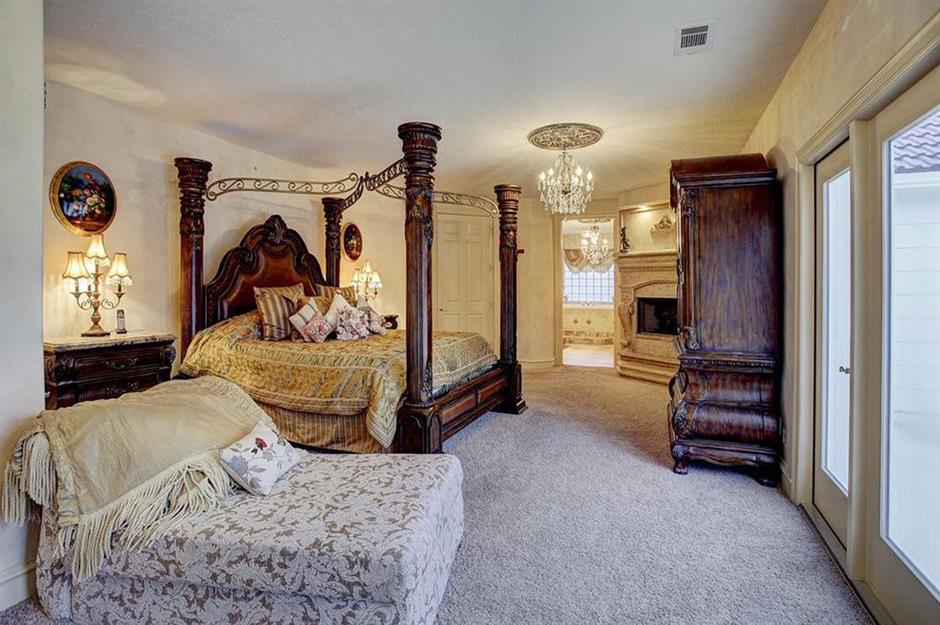
The ostentatious vibe carries through into the bedrooms. The master suite is graced with a solid mahogany four-poster bed, ornate chandelier and marble fireplace. The majestic home even features a lavish home cinema – perfect for watching all those Sopranos' reruns.
Vincent Palermo's Houston hideout
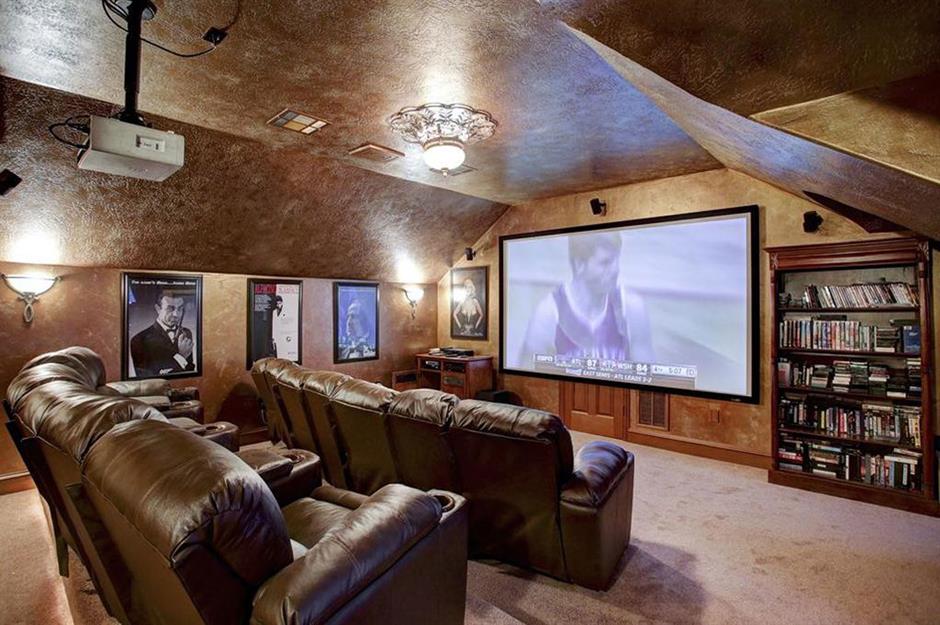
Palermo's cover was blown in 2009 when the New York Daily News ran an exposé of his new life in Houston. Several weeks later, he put the mansion up for sale with an asking price of $4 million. It failed to sell, so he took it off the market. The property was listed again in 2015 and purchased the following year for $2.9 million. We wonder if the new owners have an inkling of its shady past...
Loved this? Like and follow us on Facebook for more fascinating home tours
Comments
Be the first to comment
Do you want to comment on this article? You need to be signed in for this feature